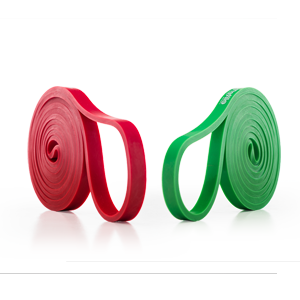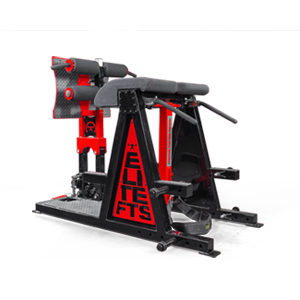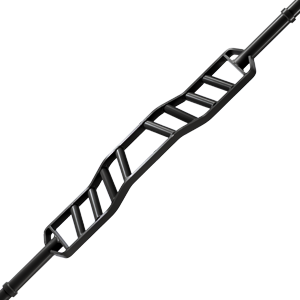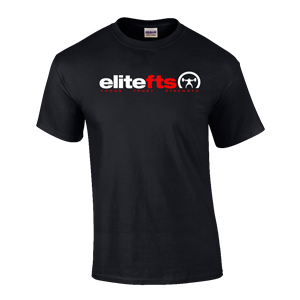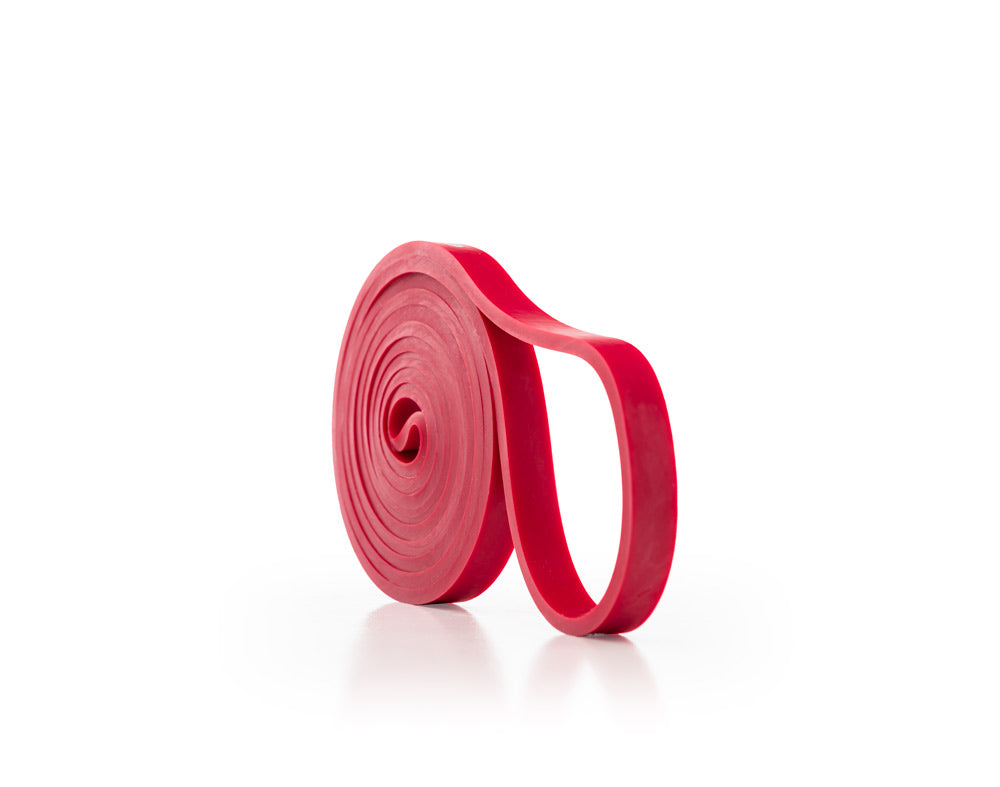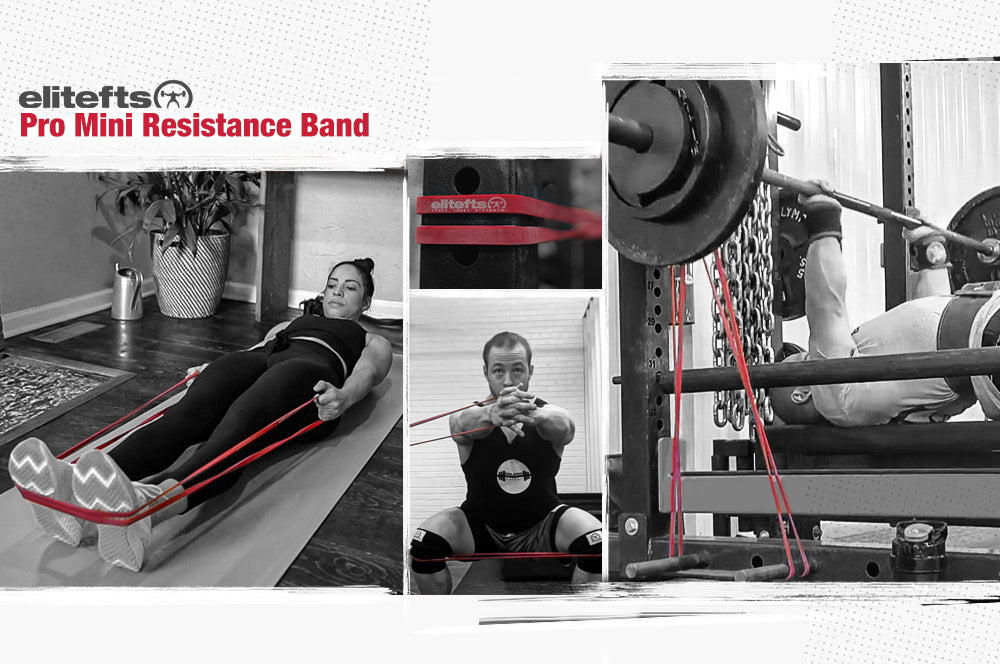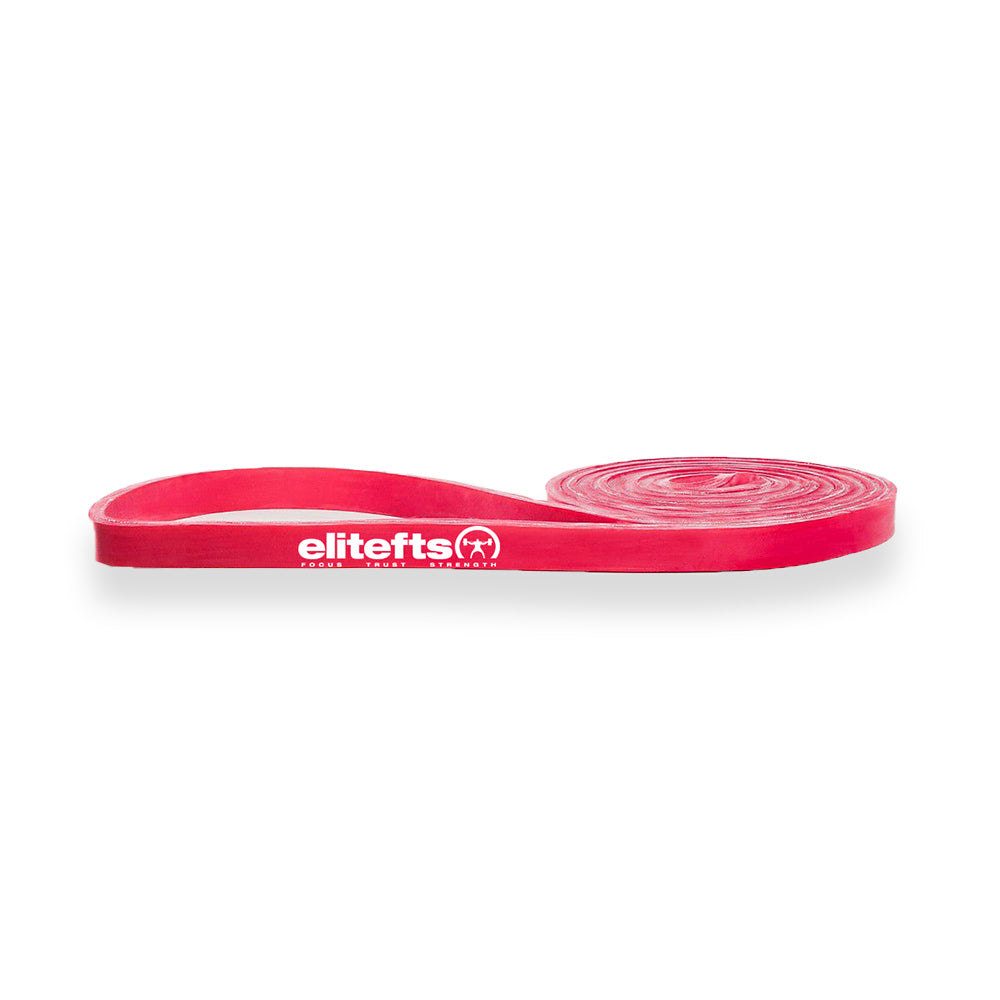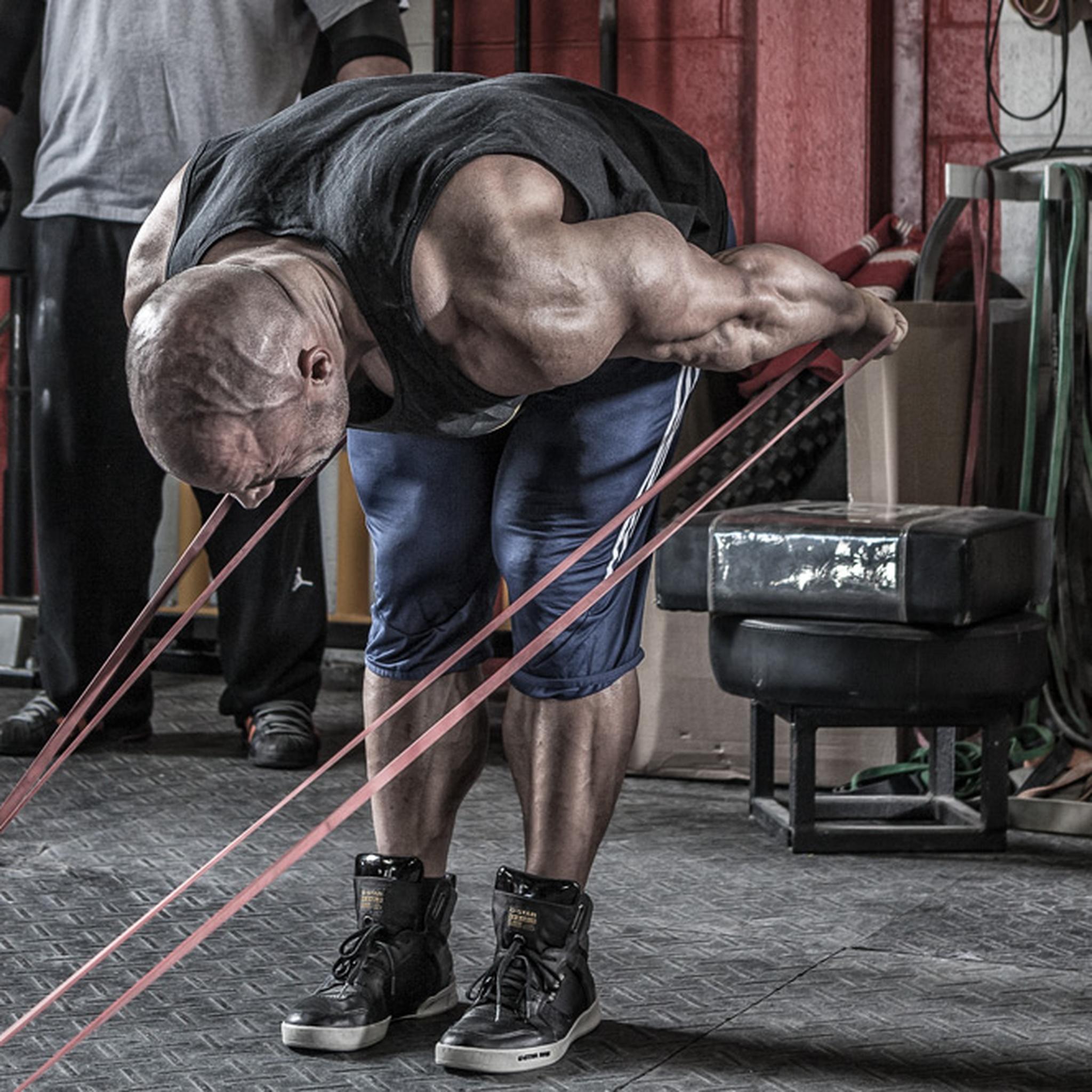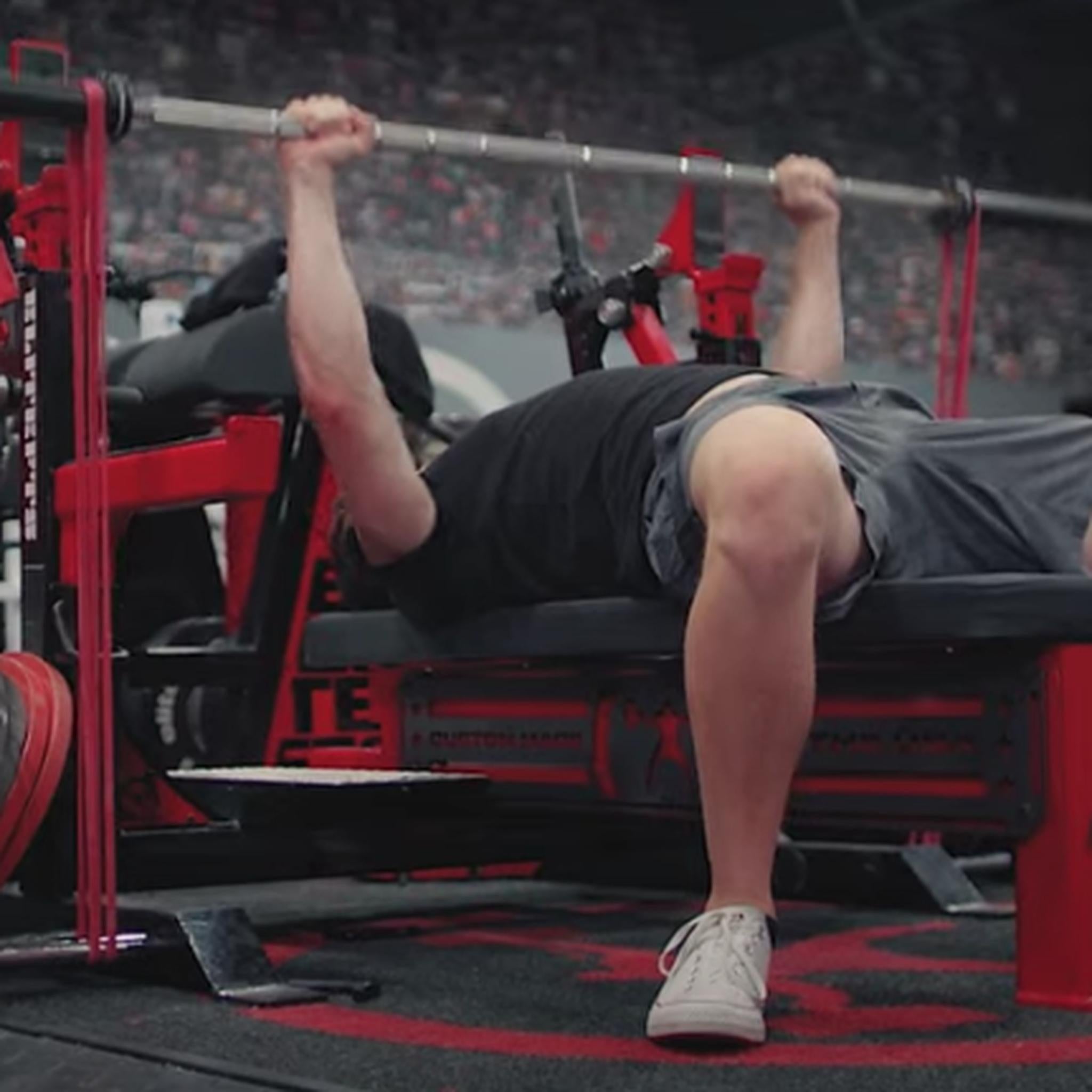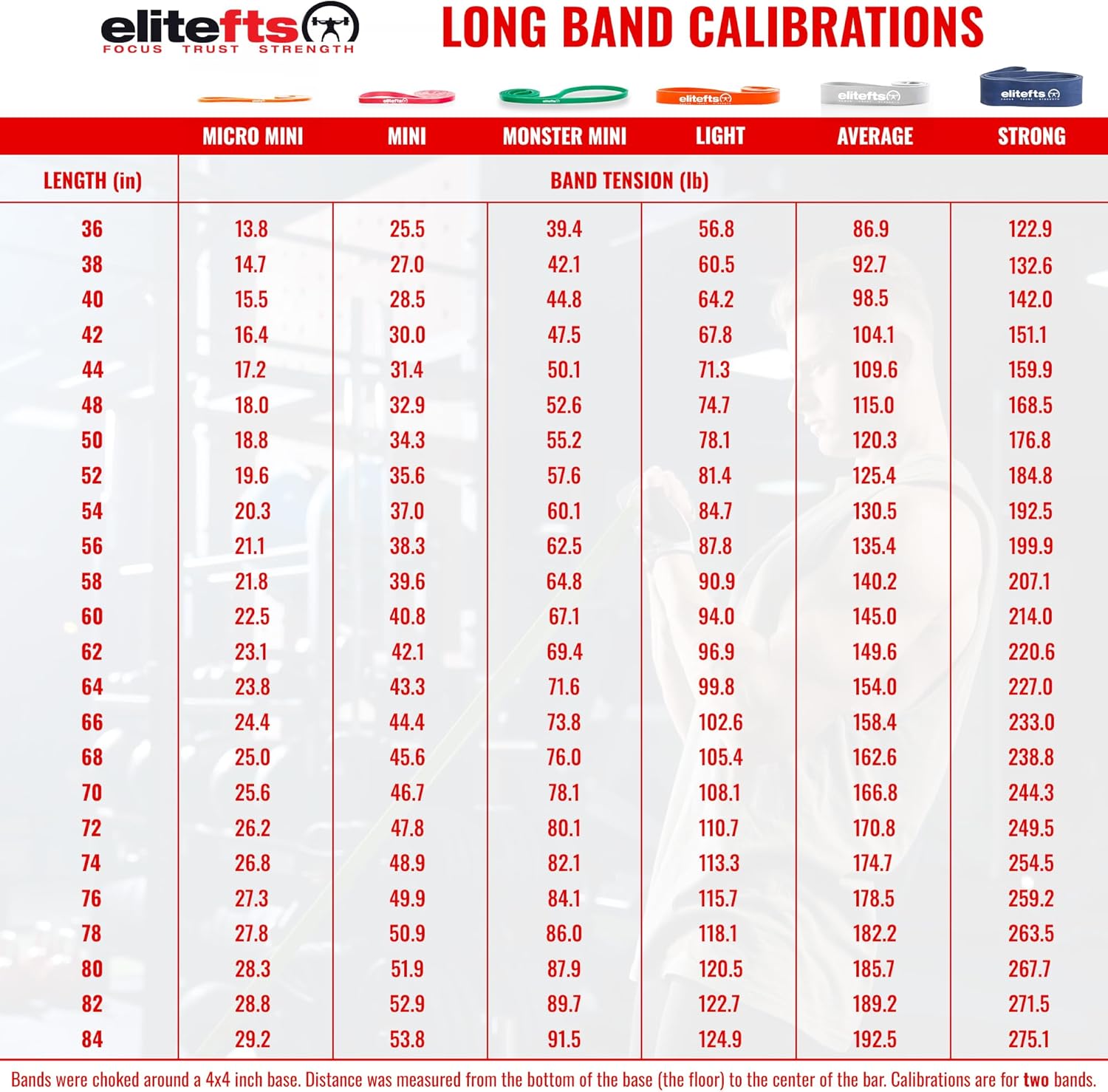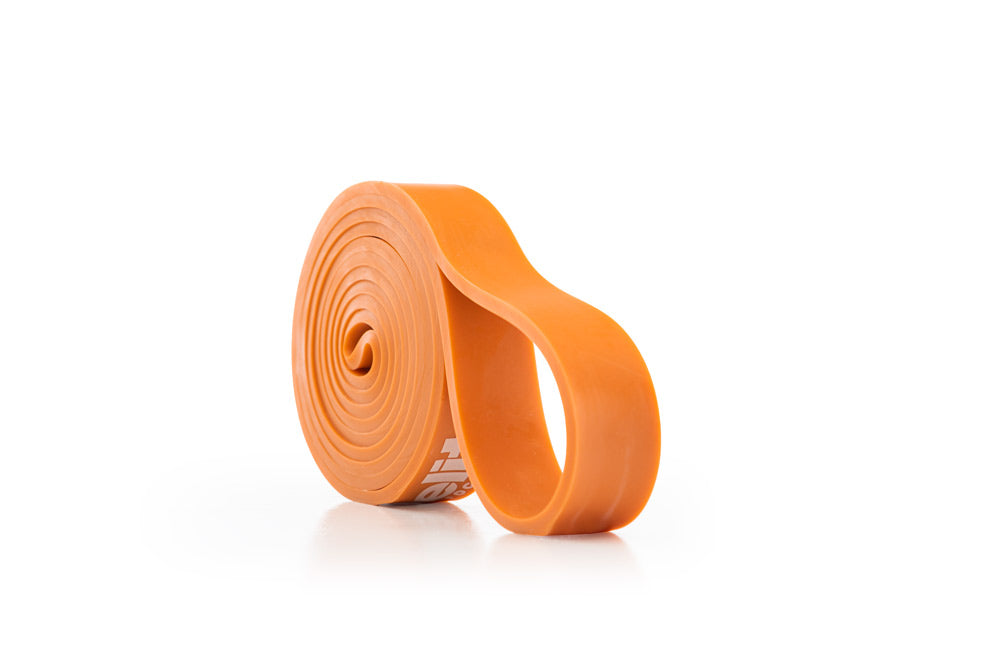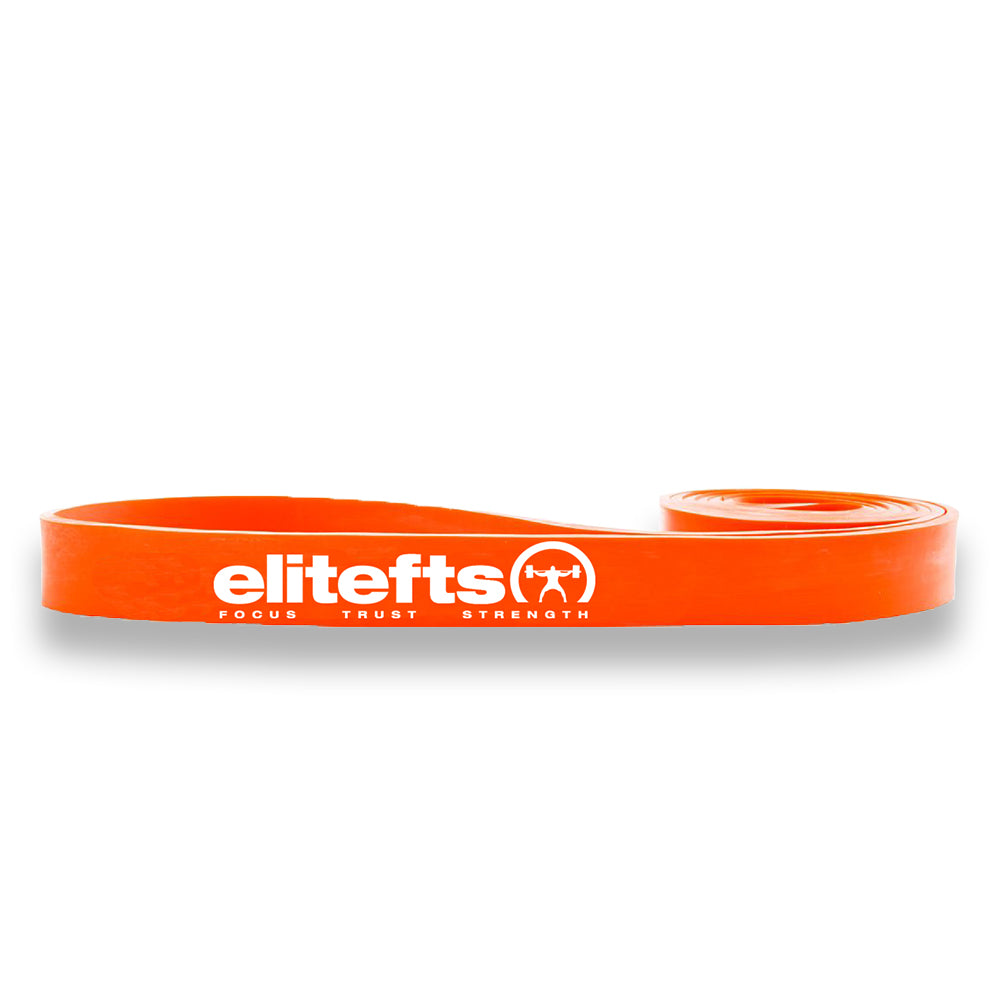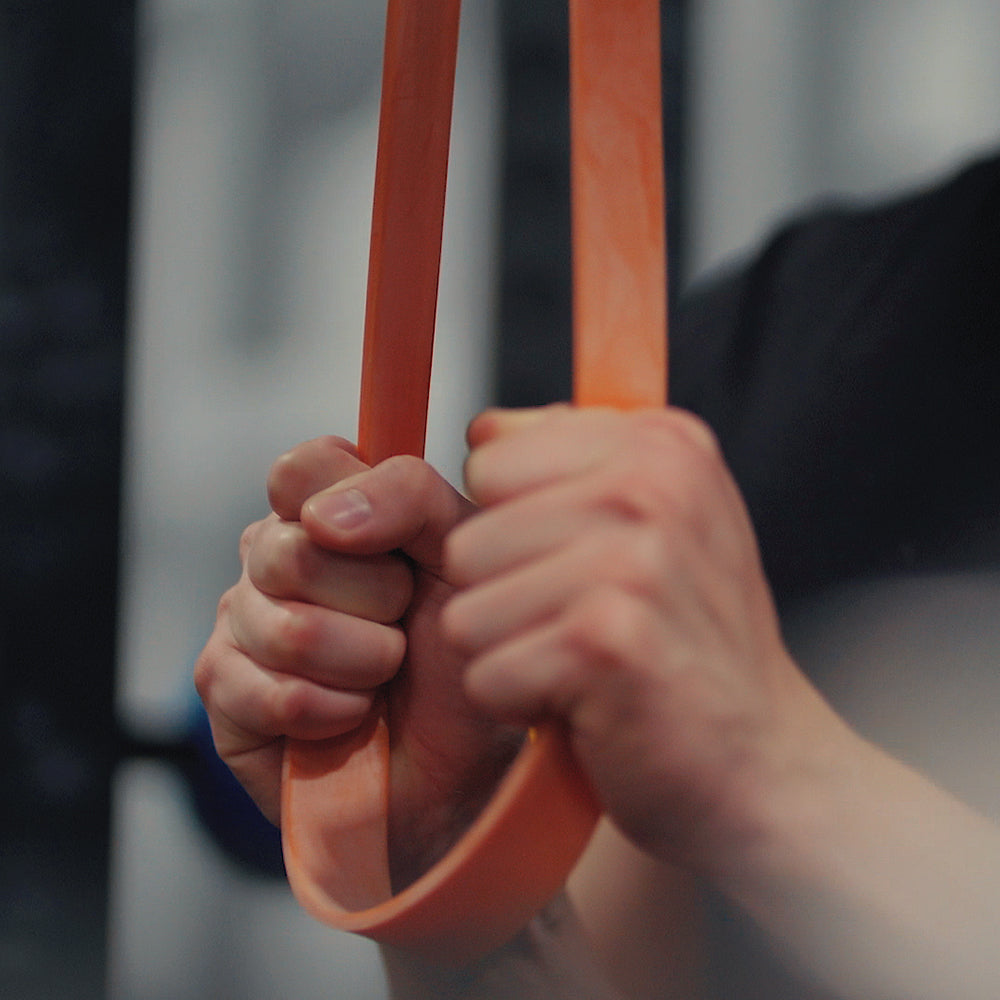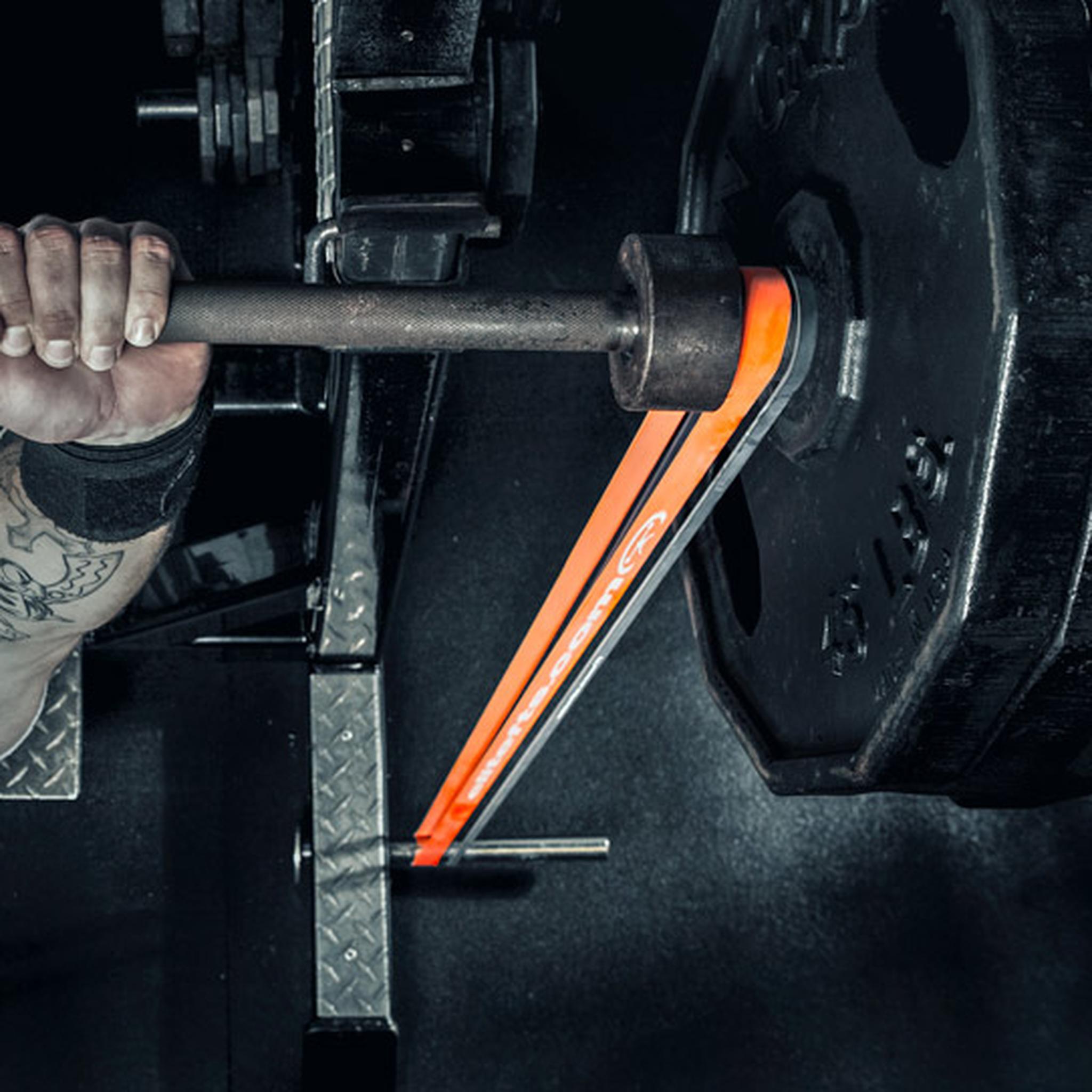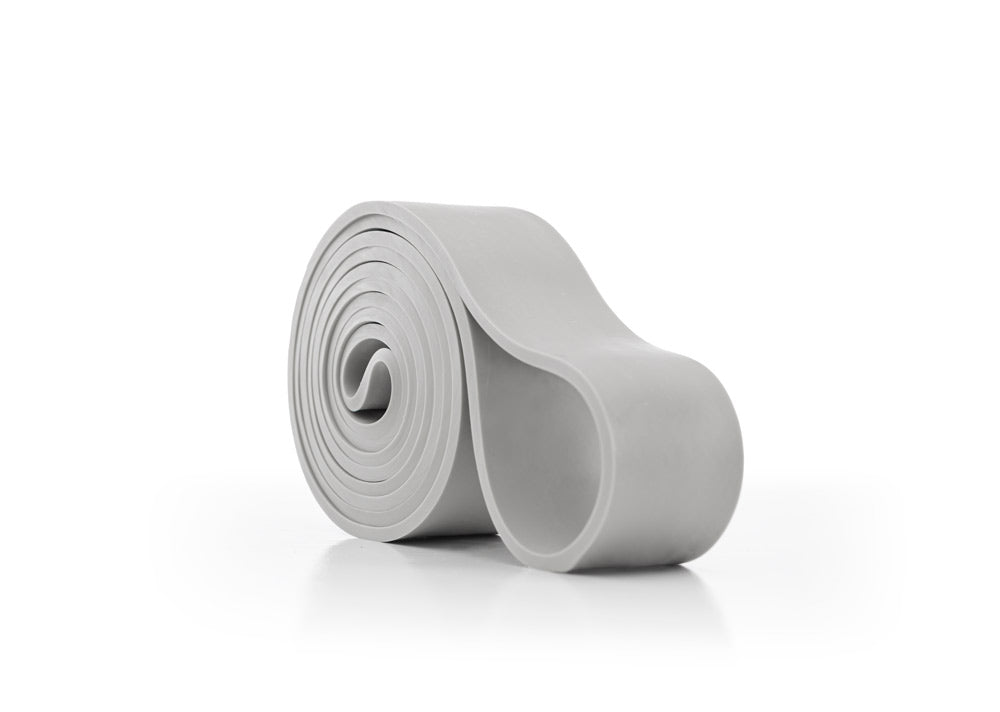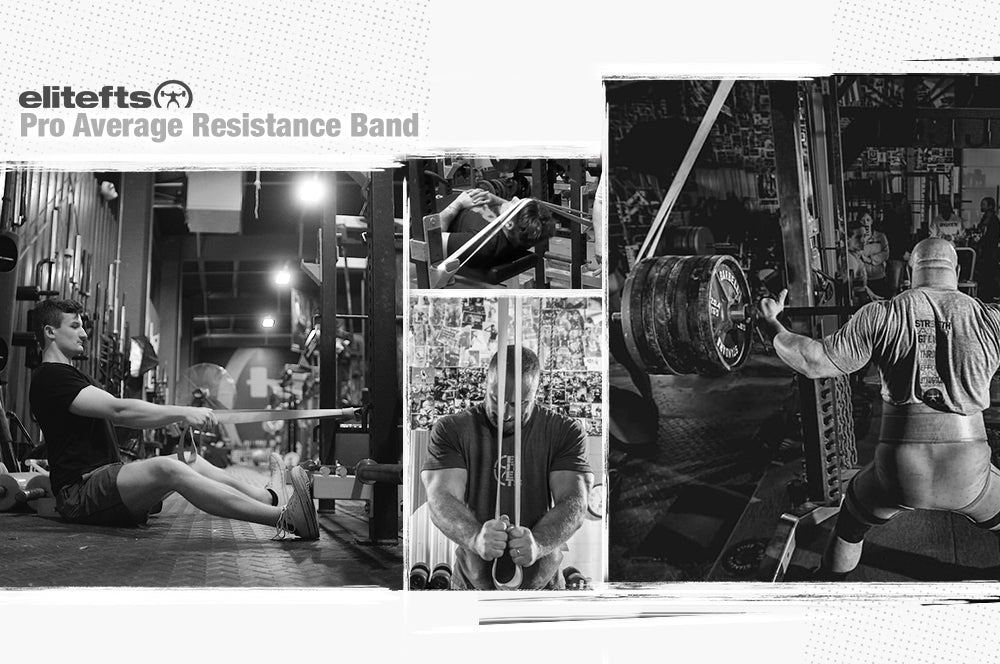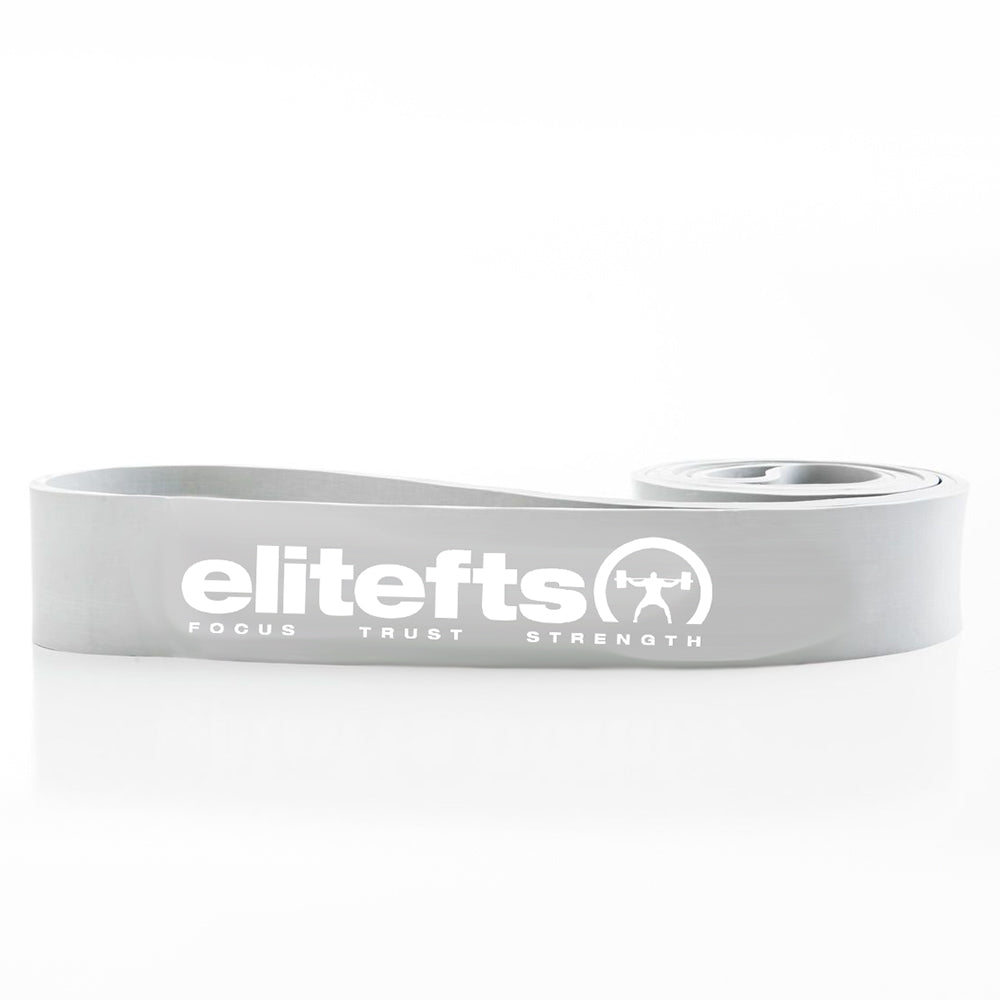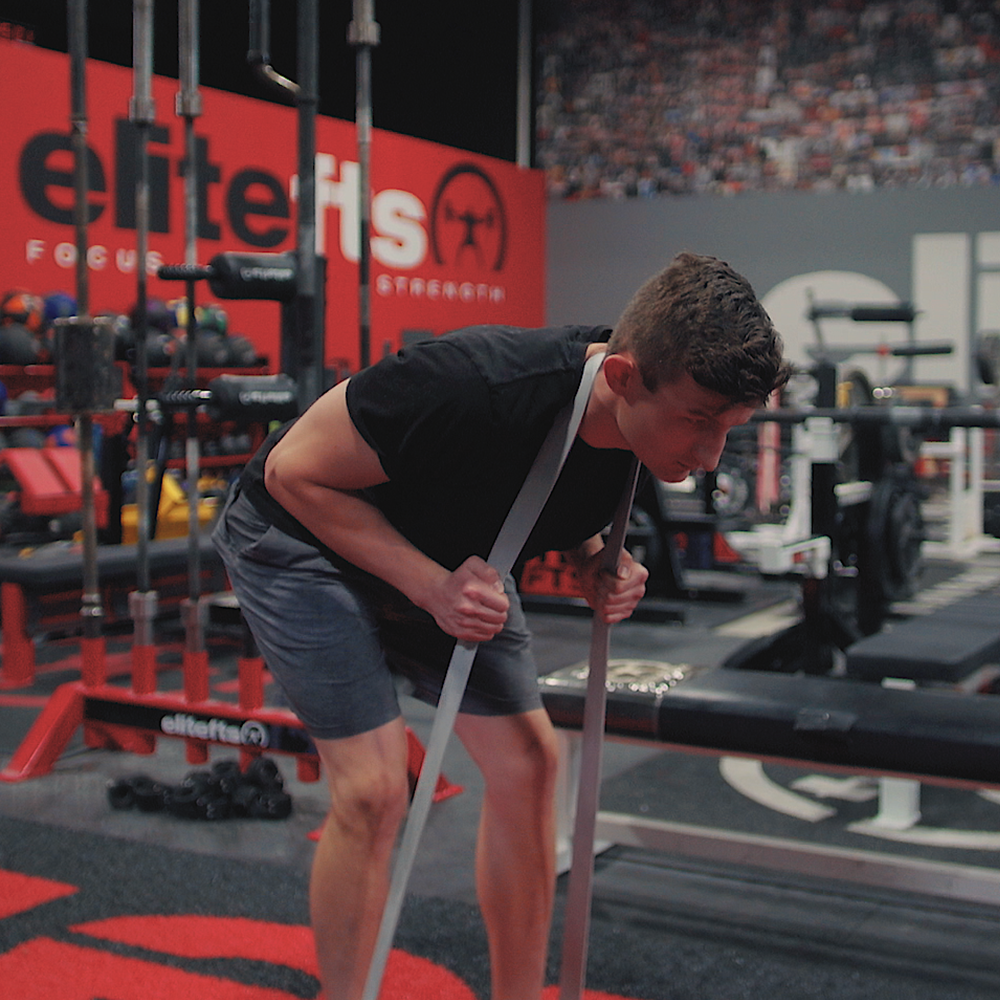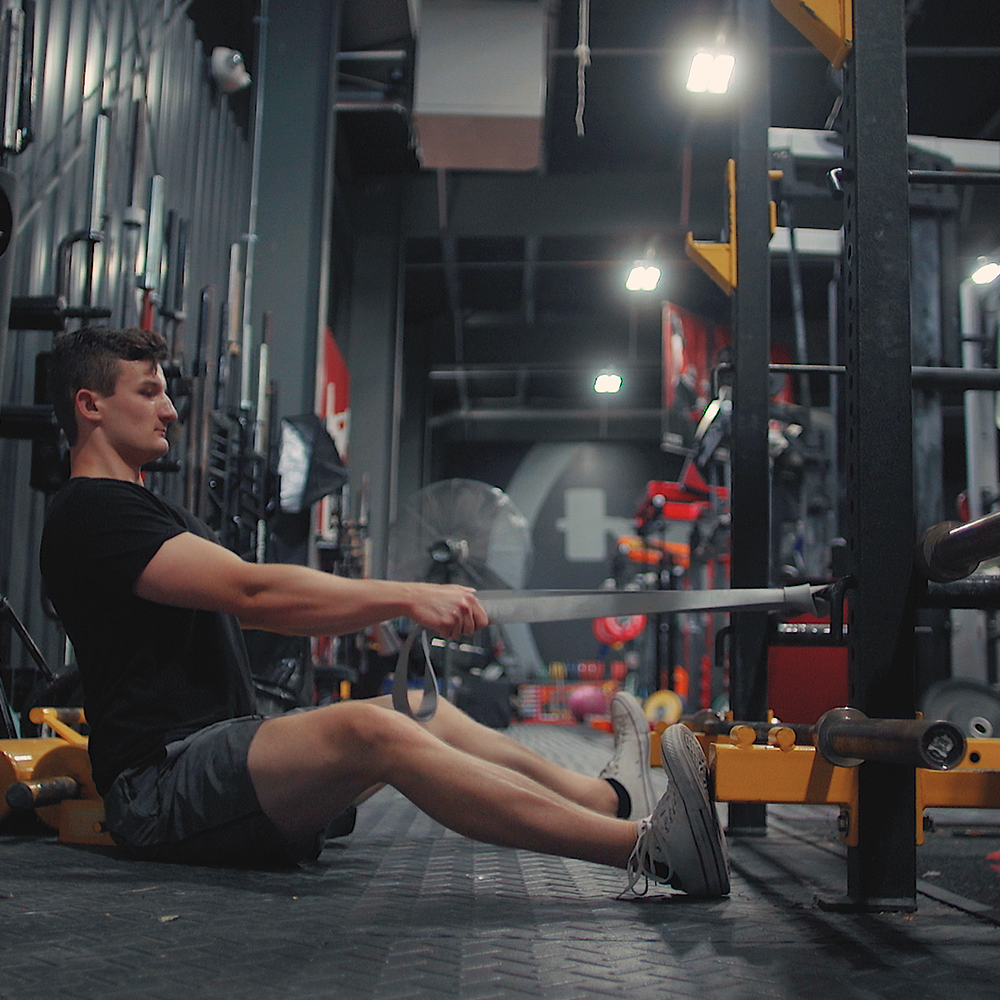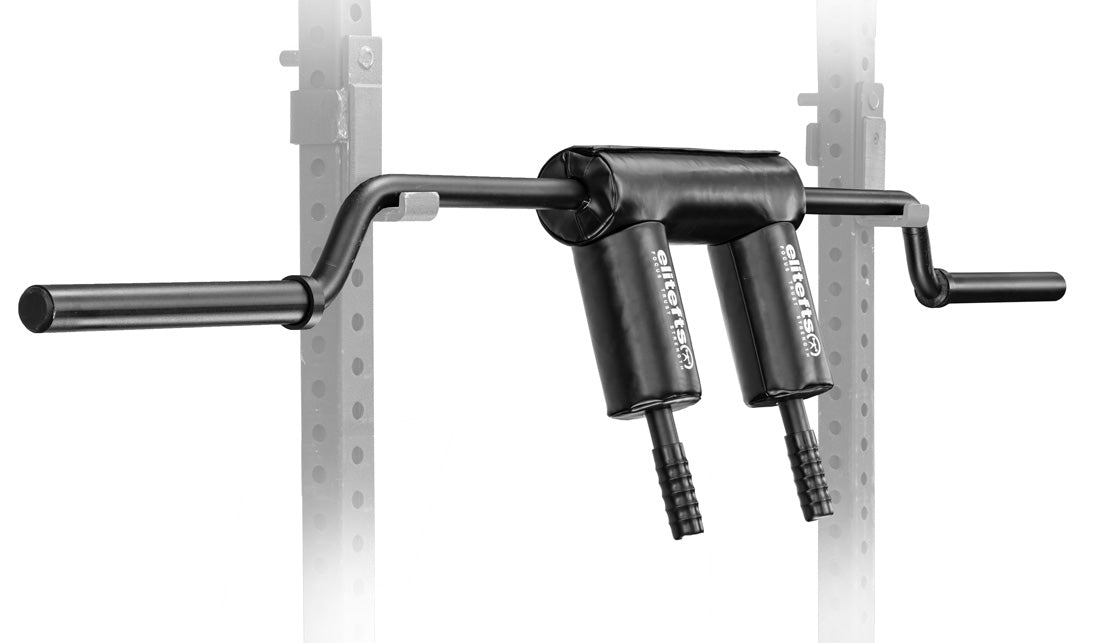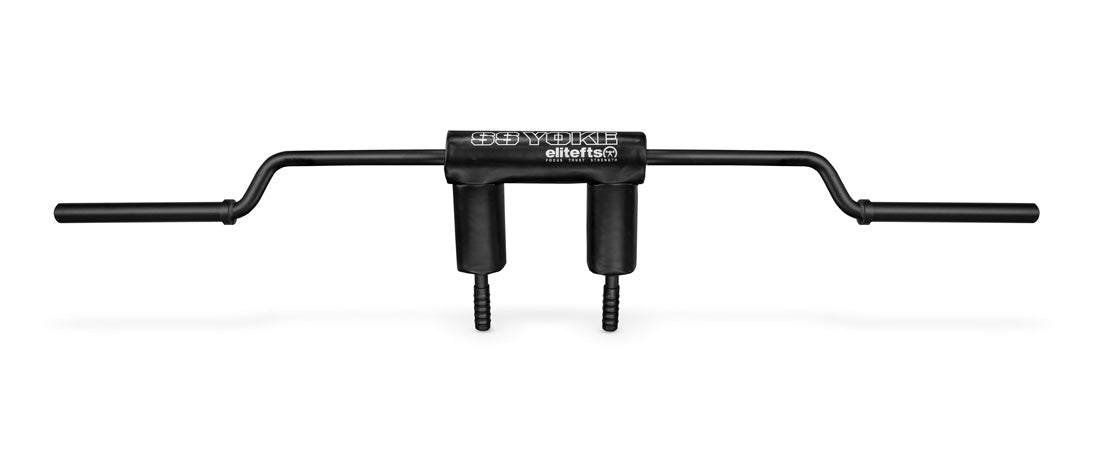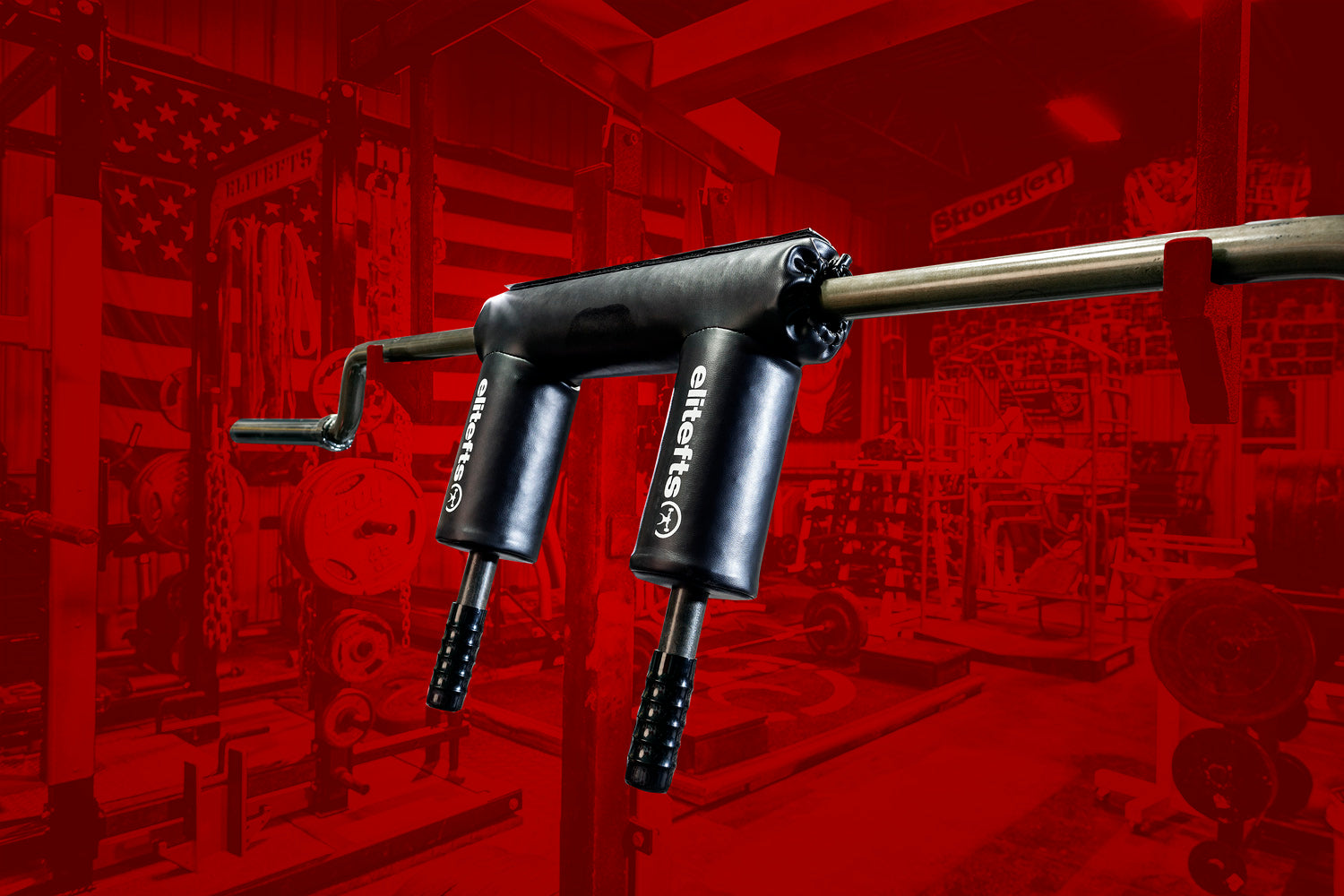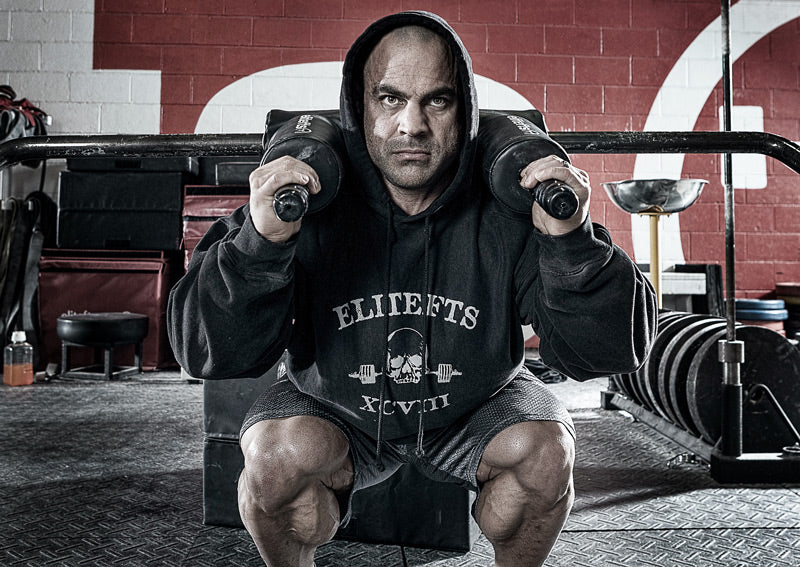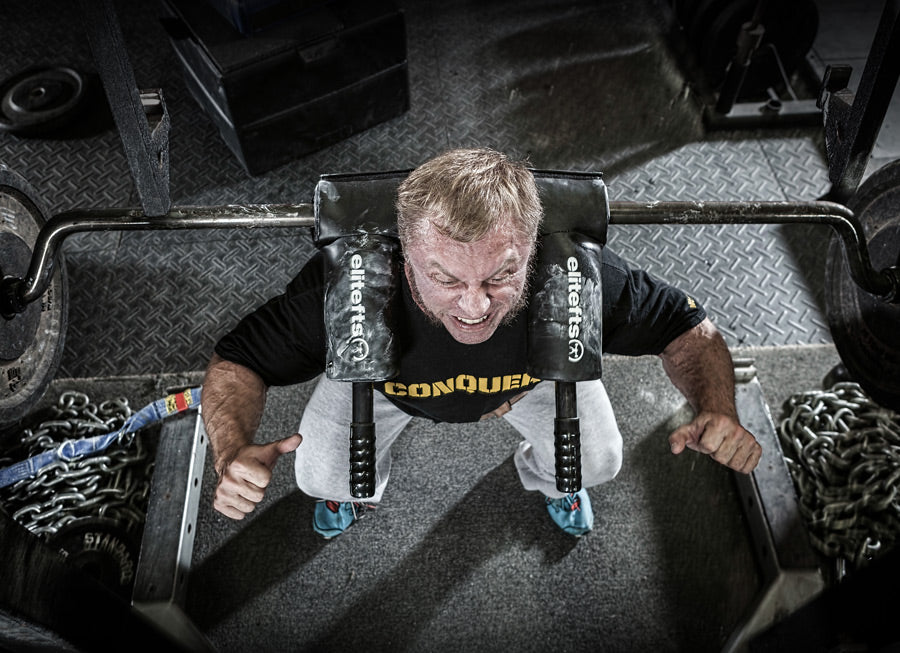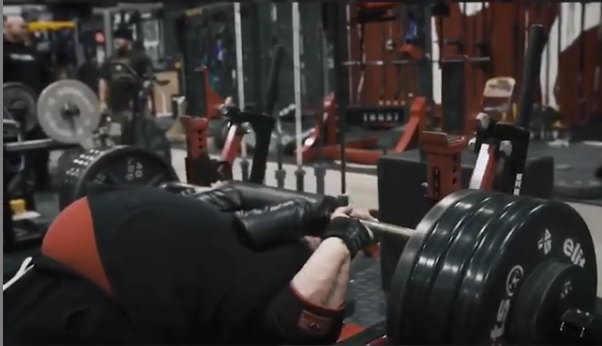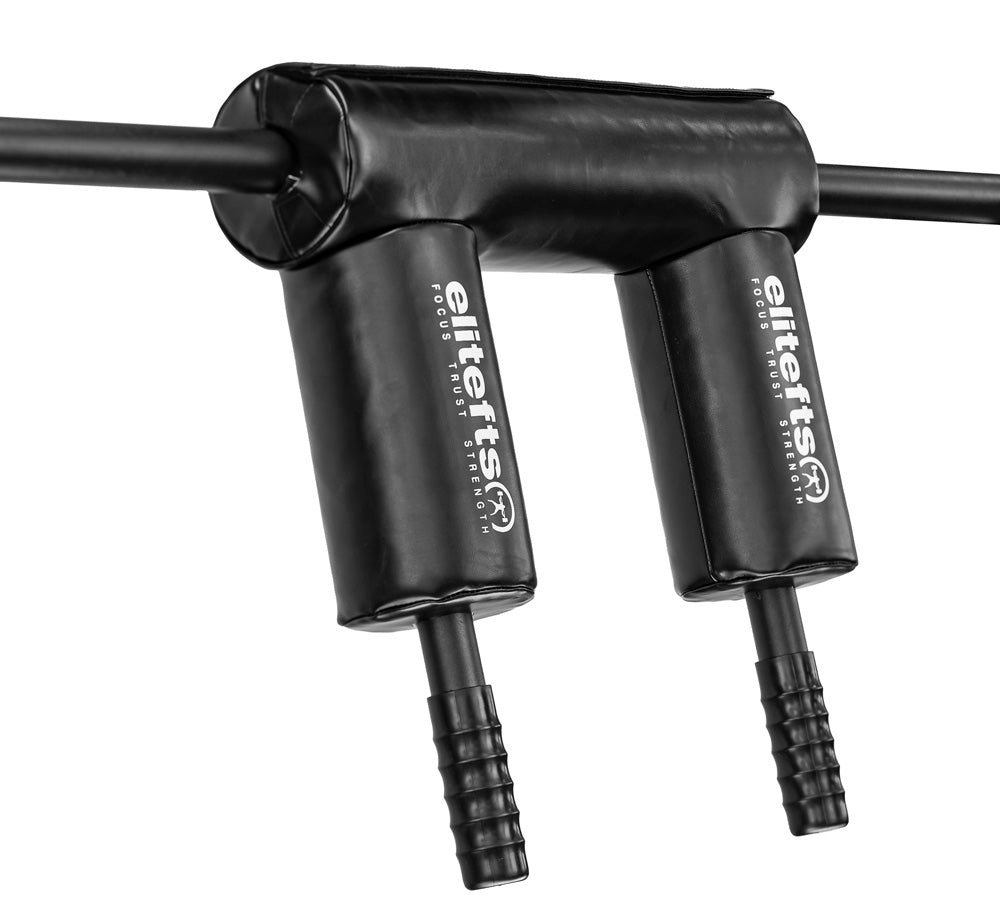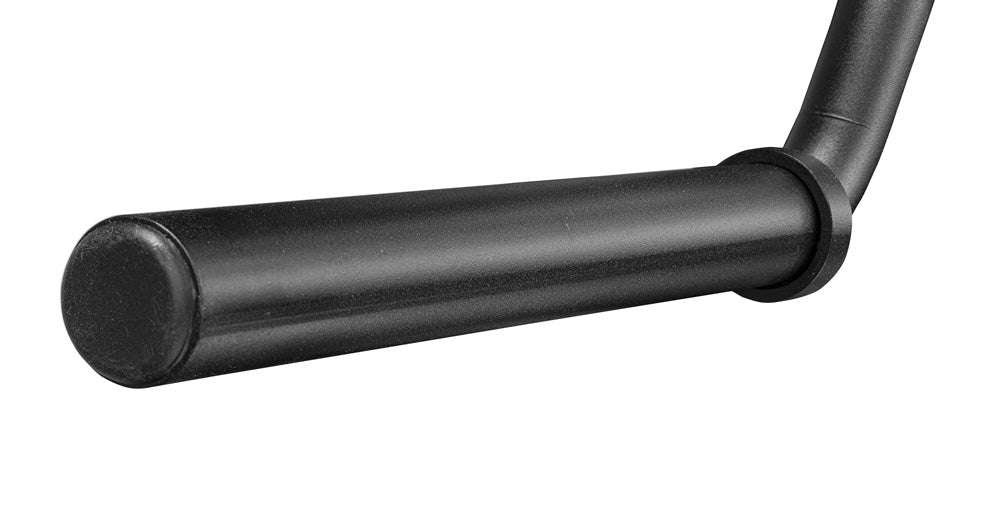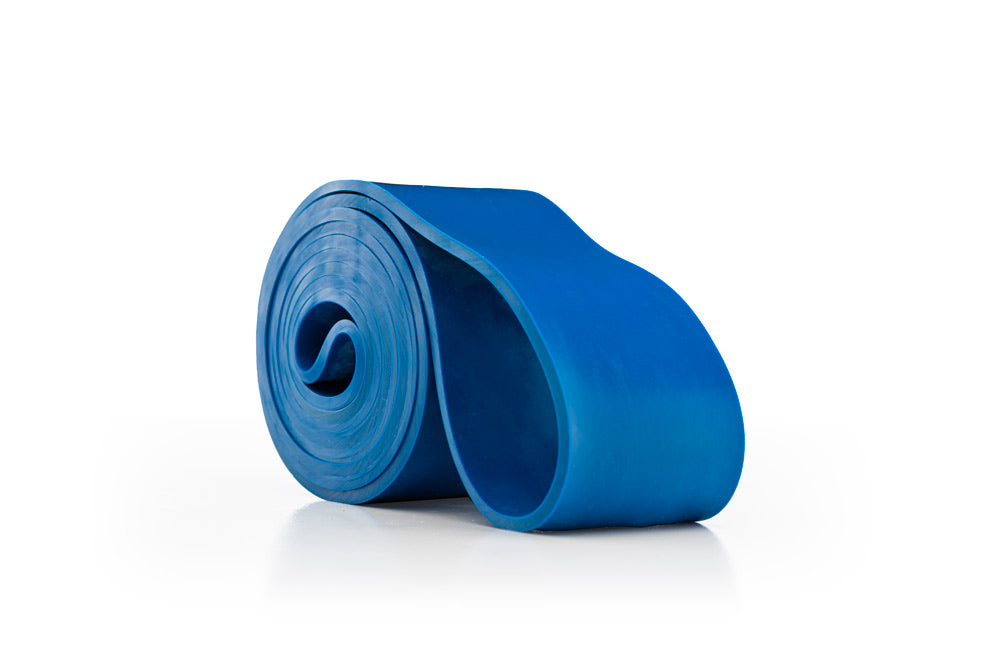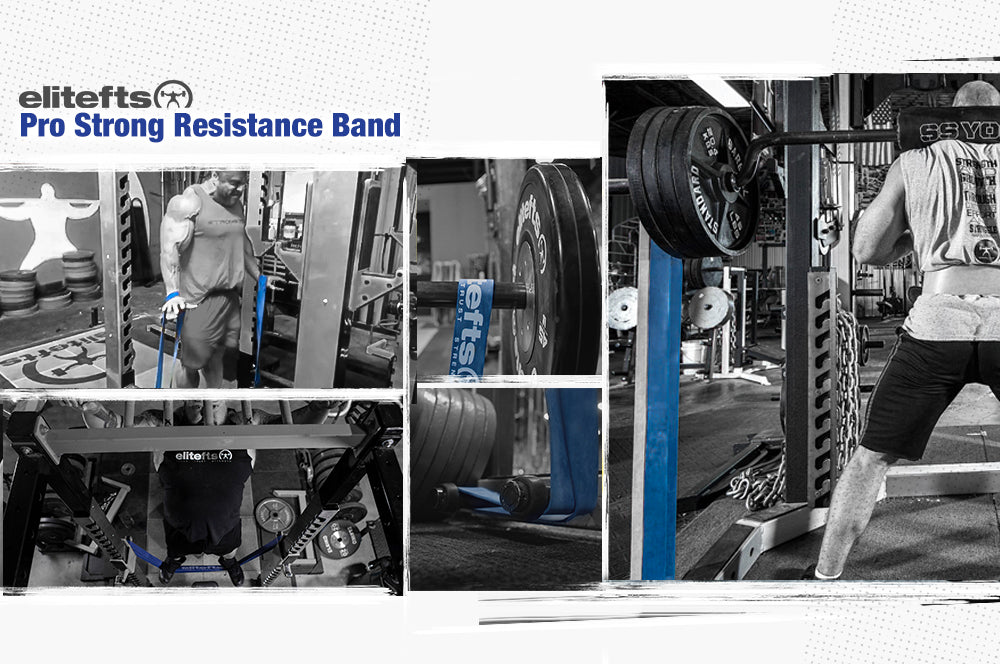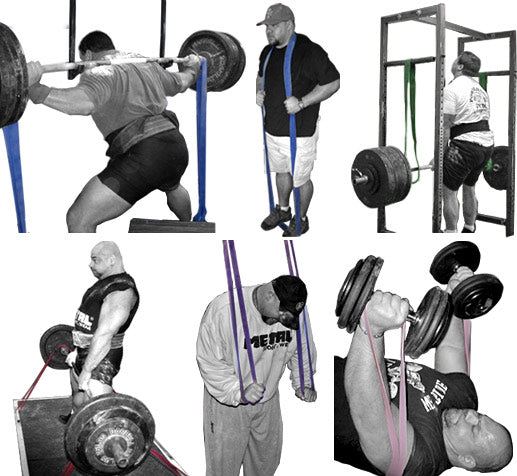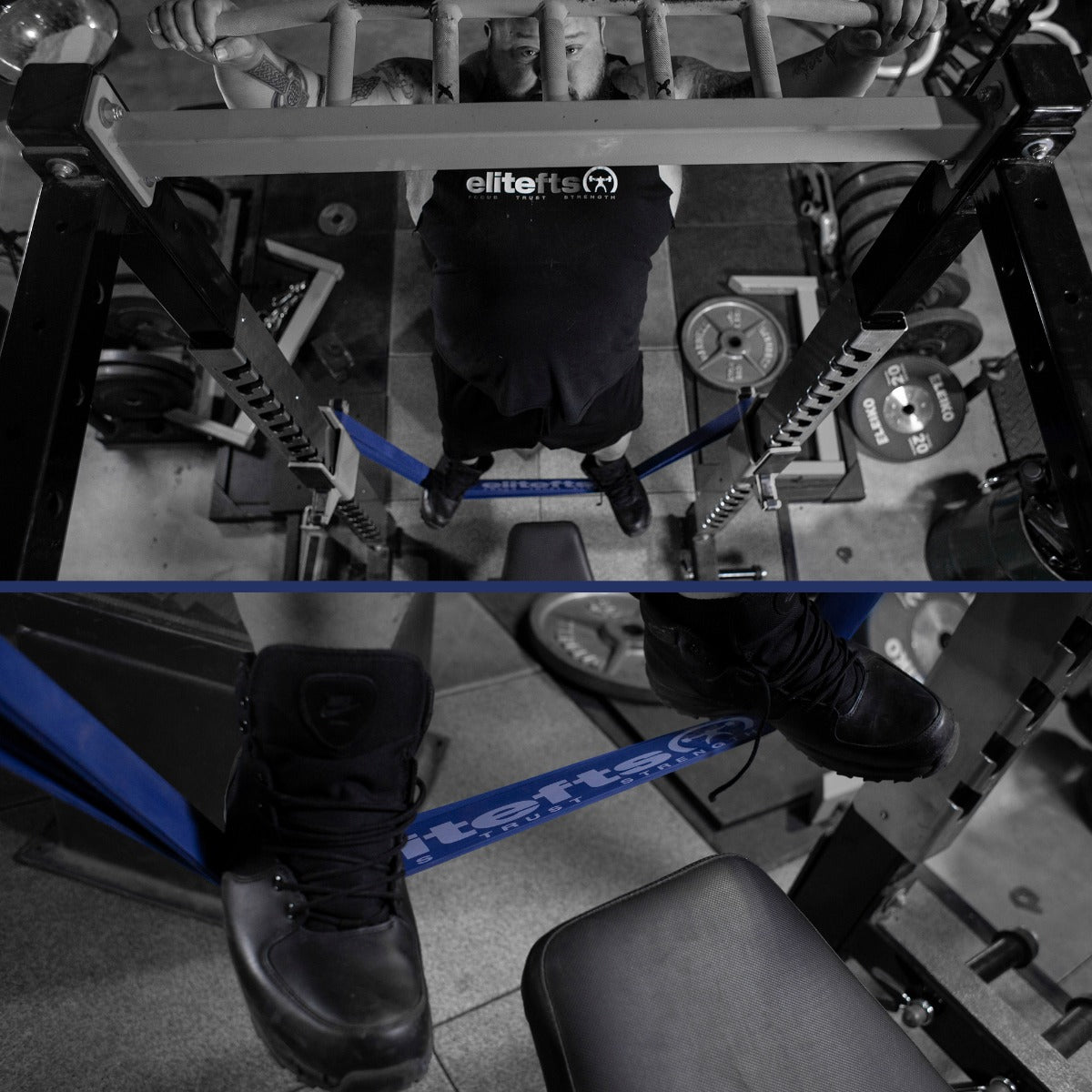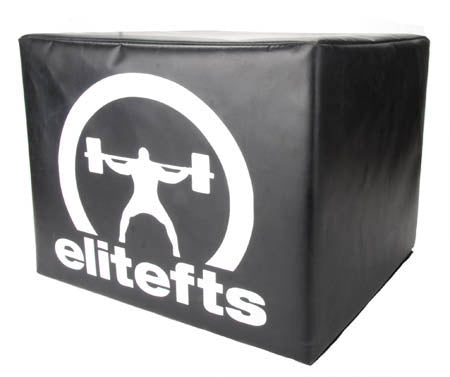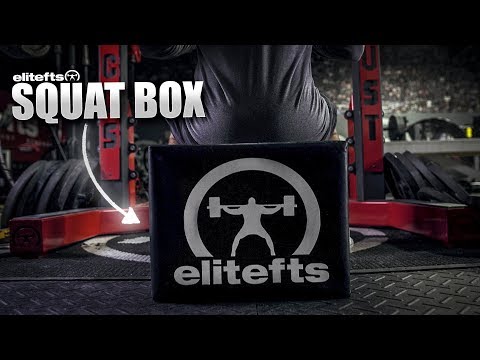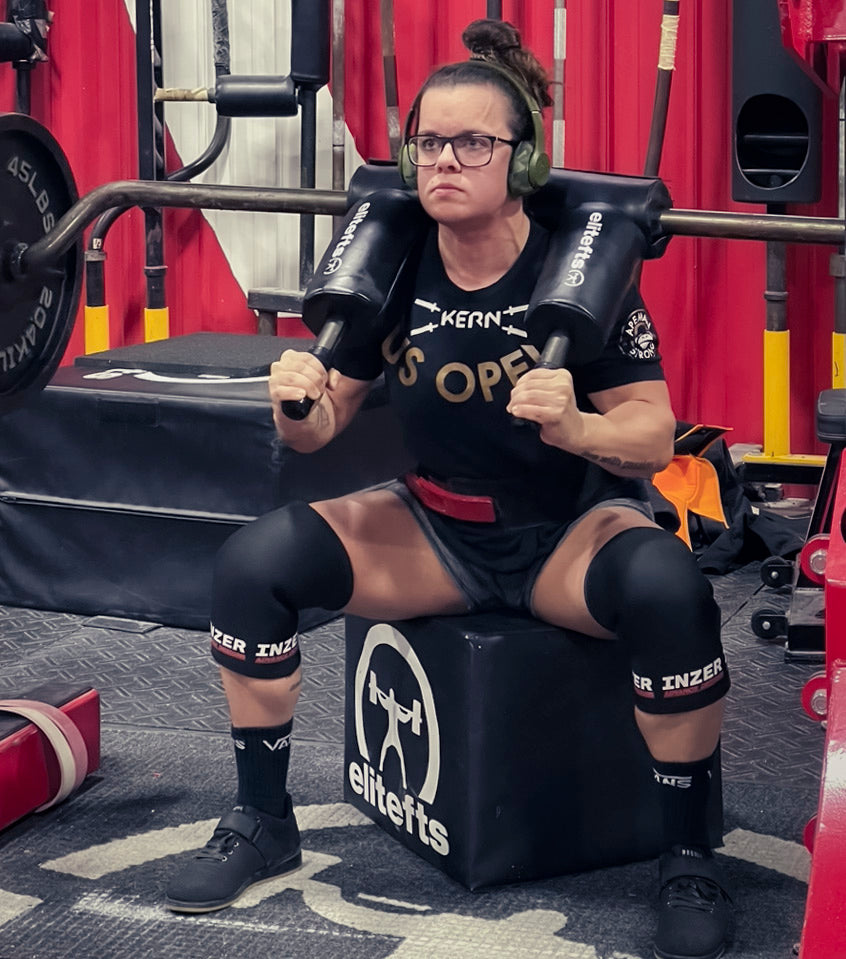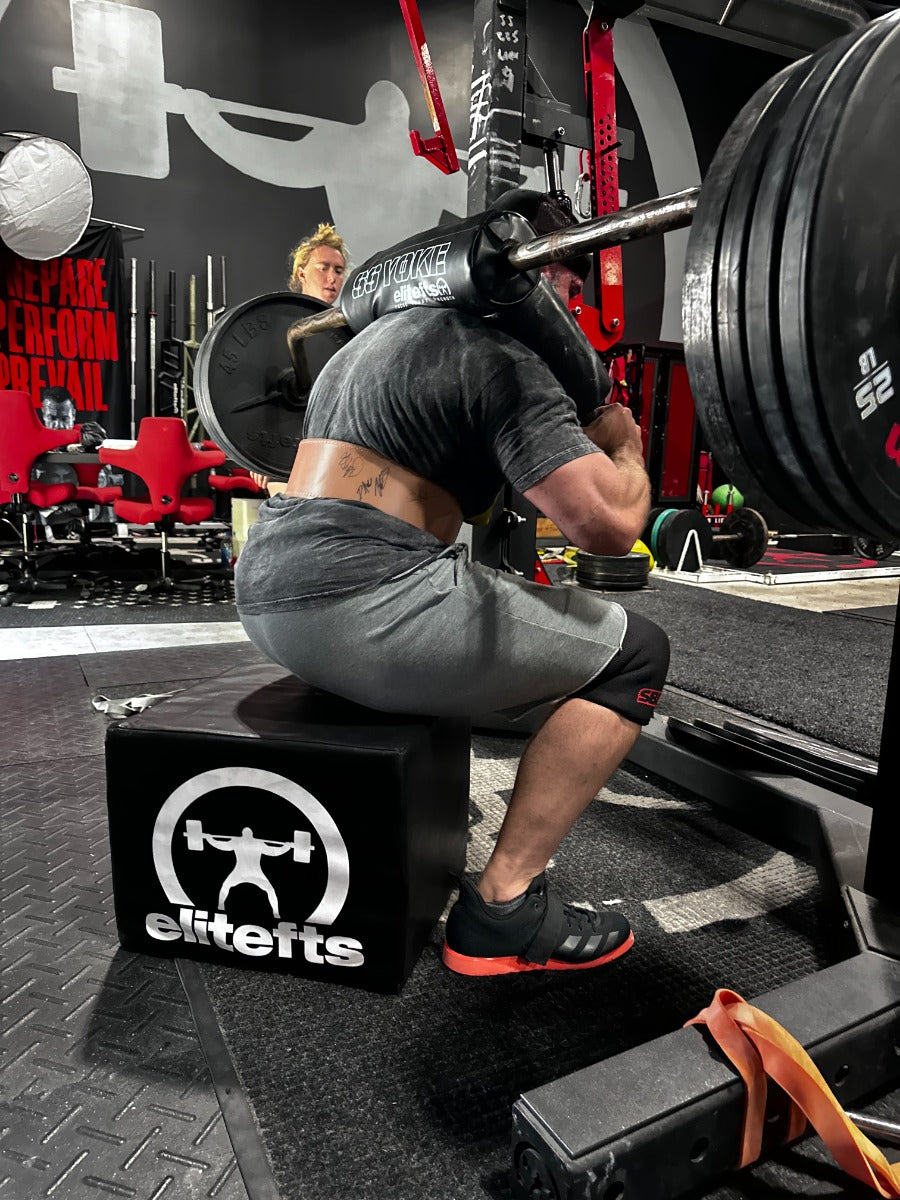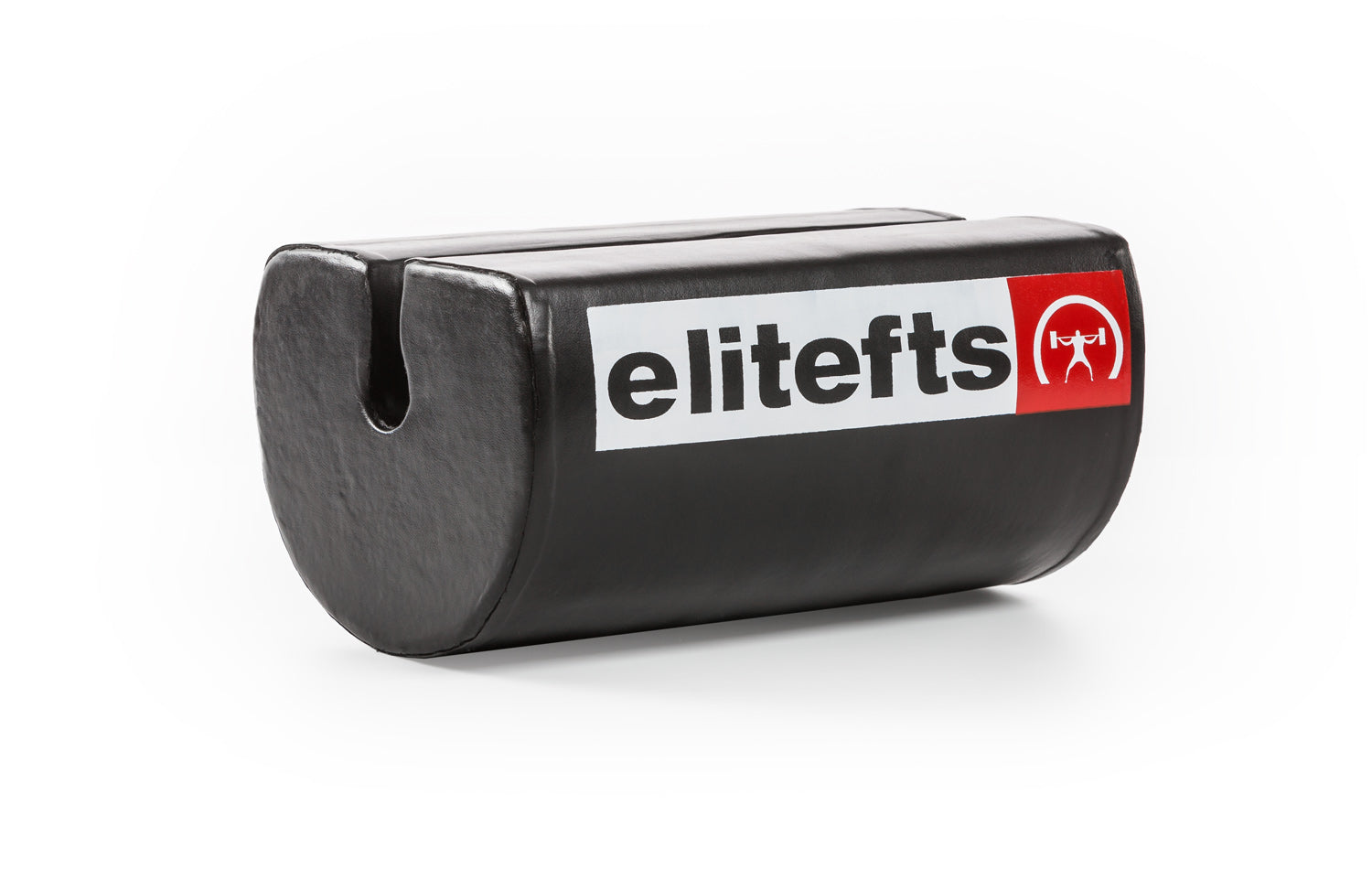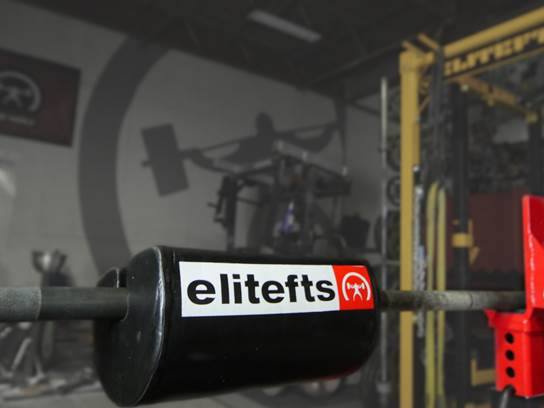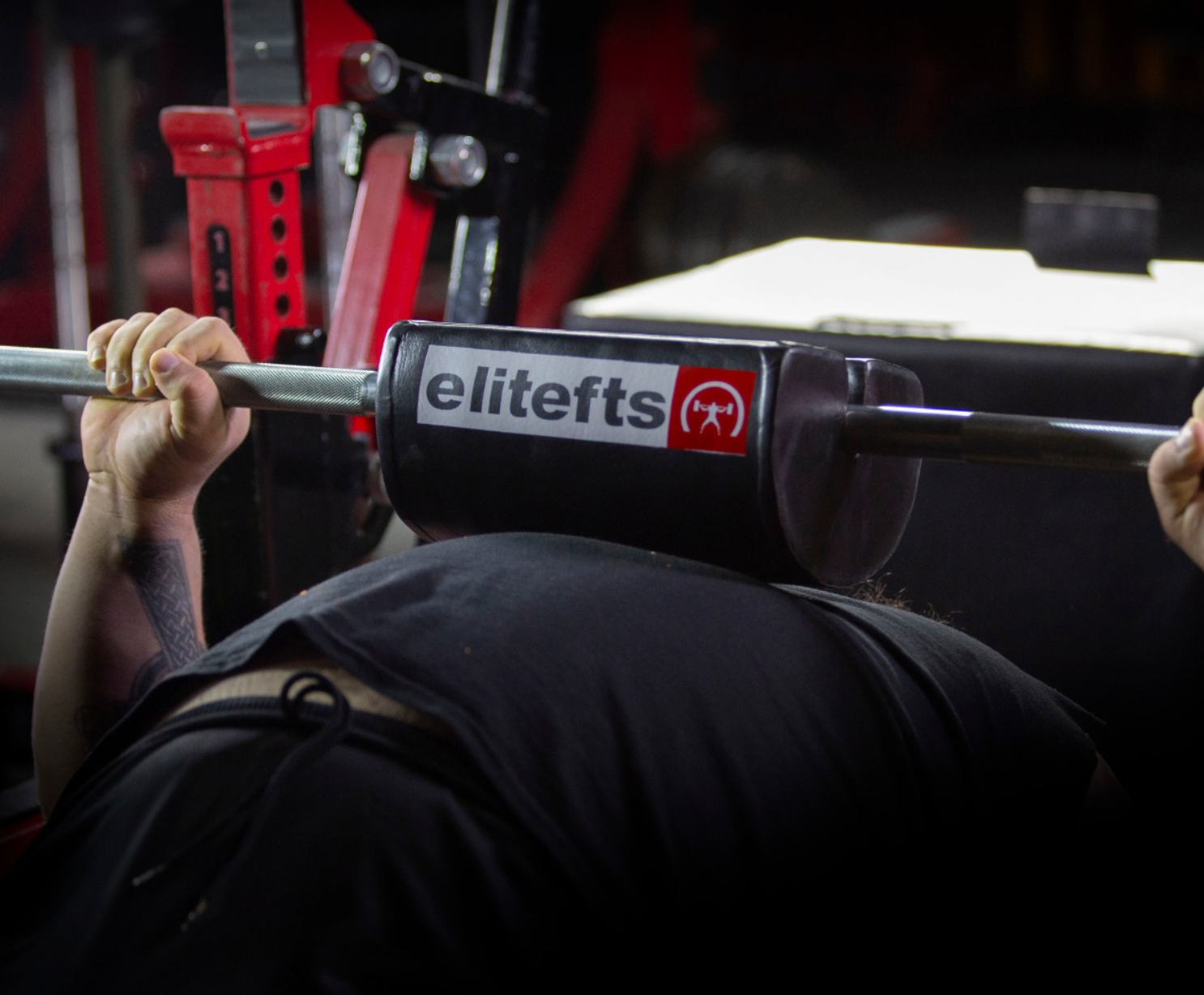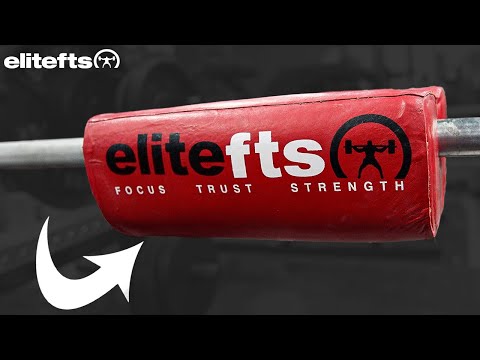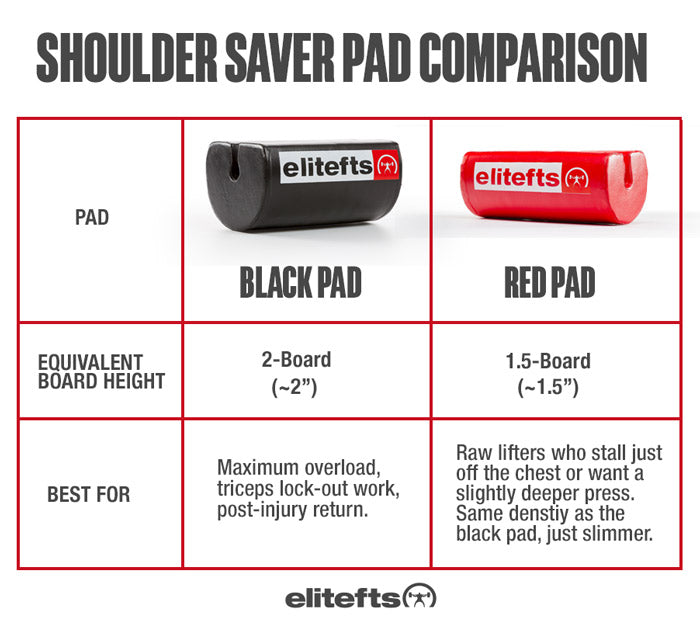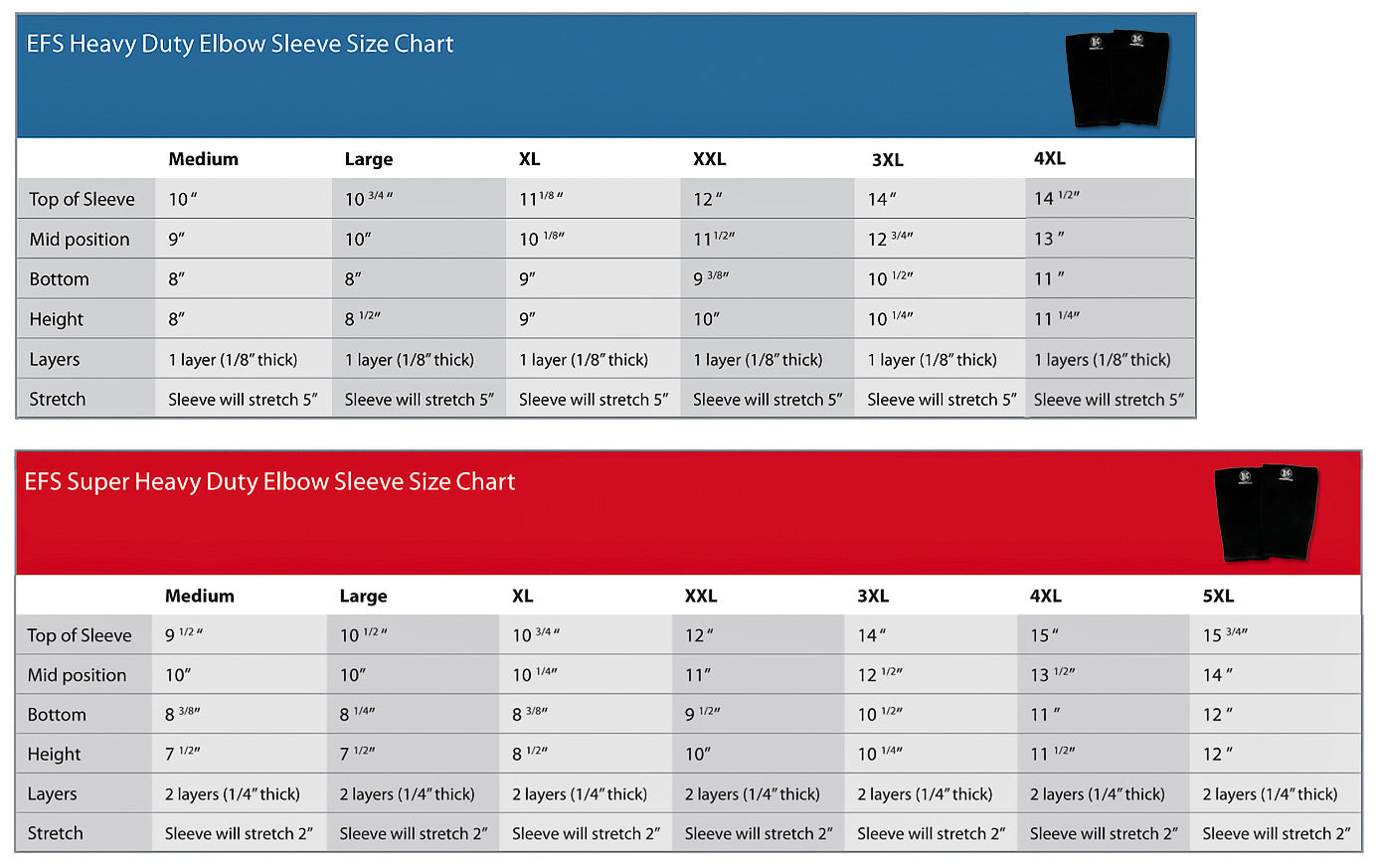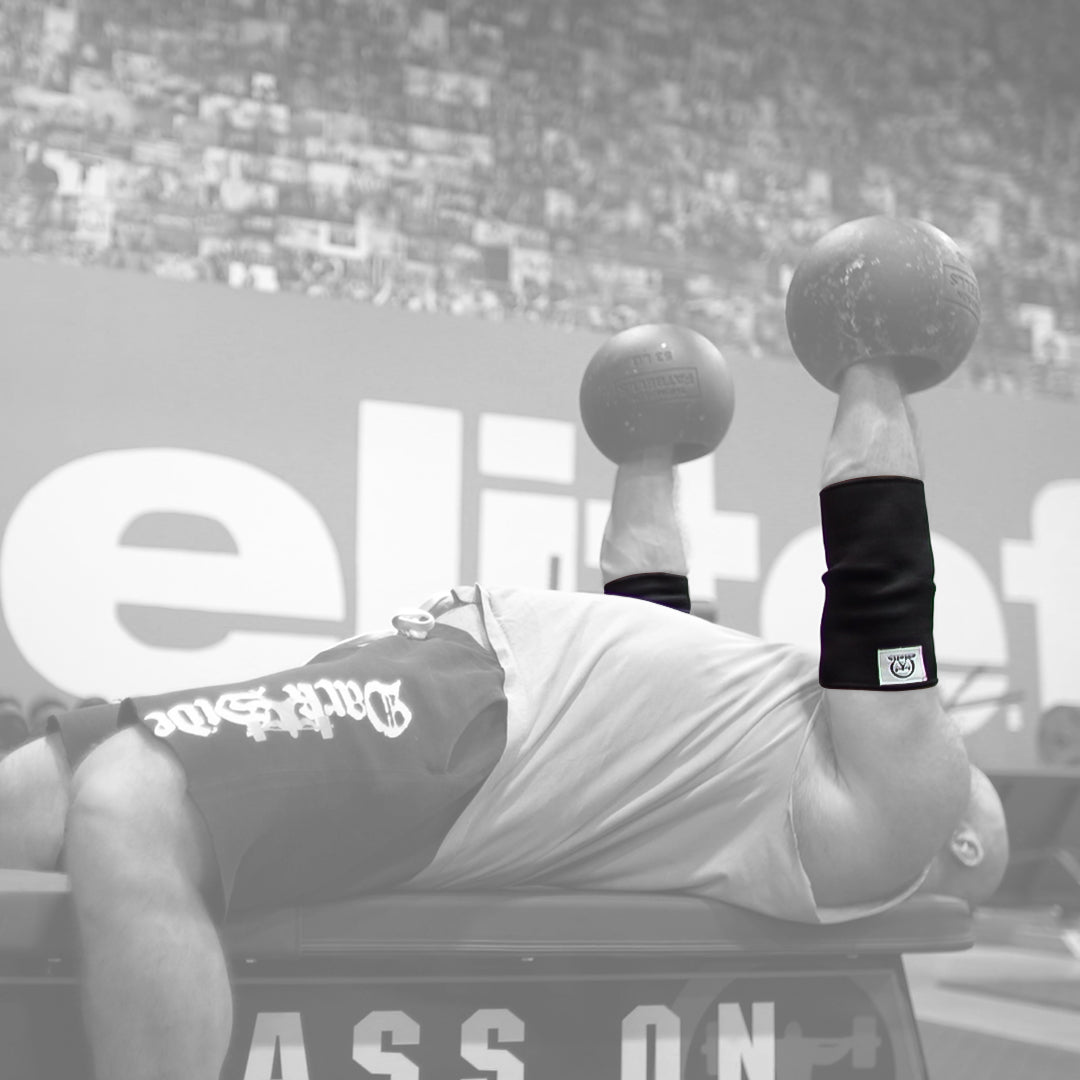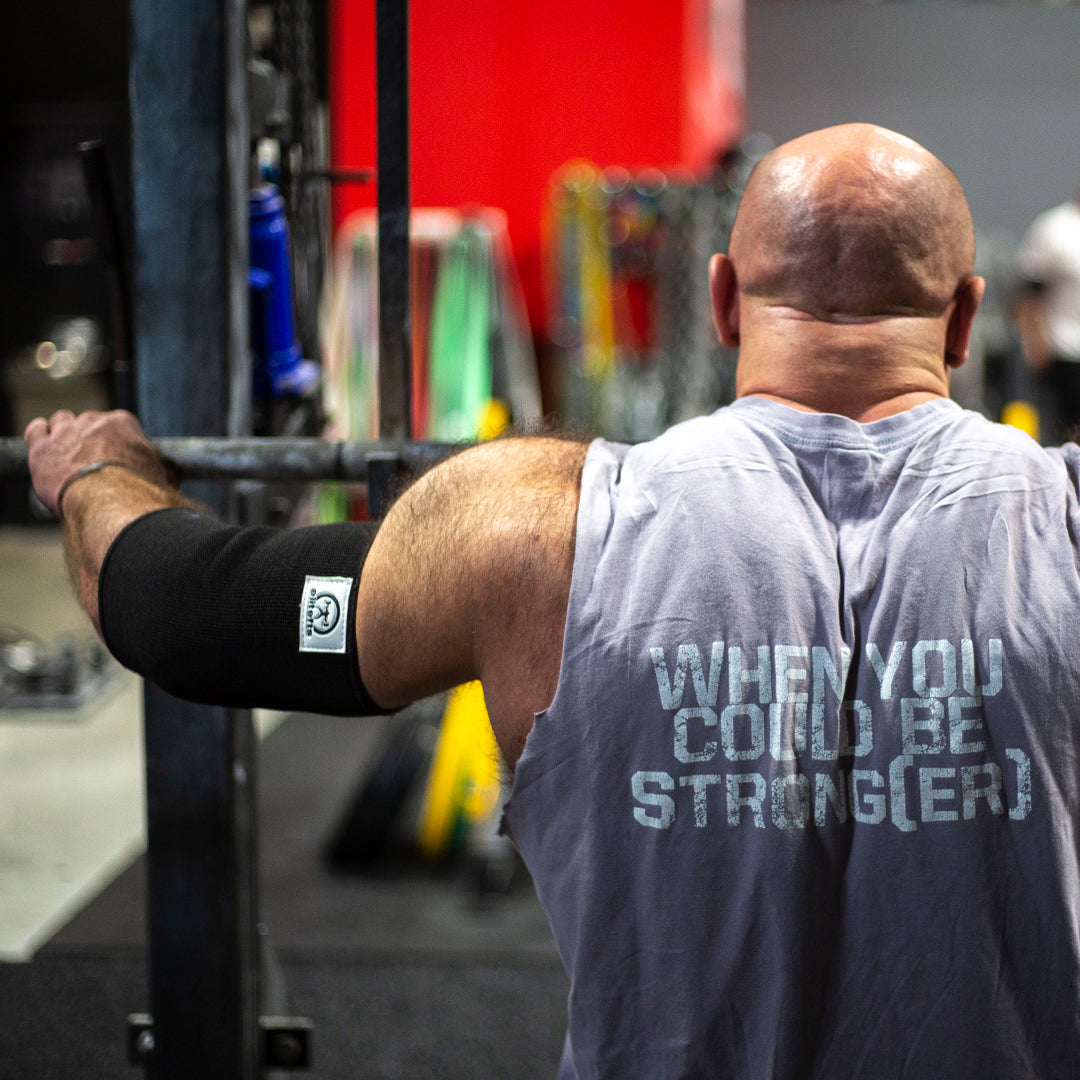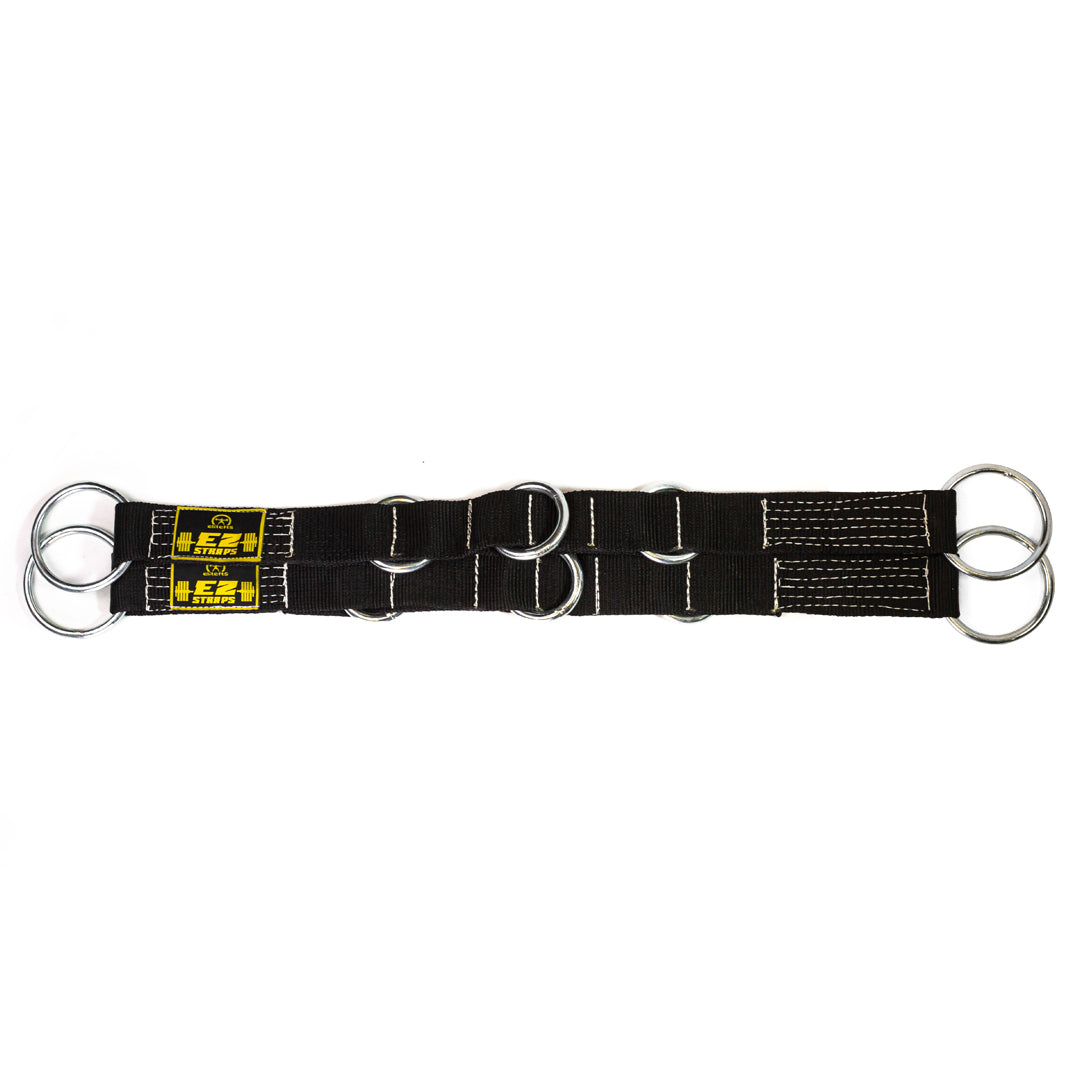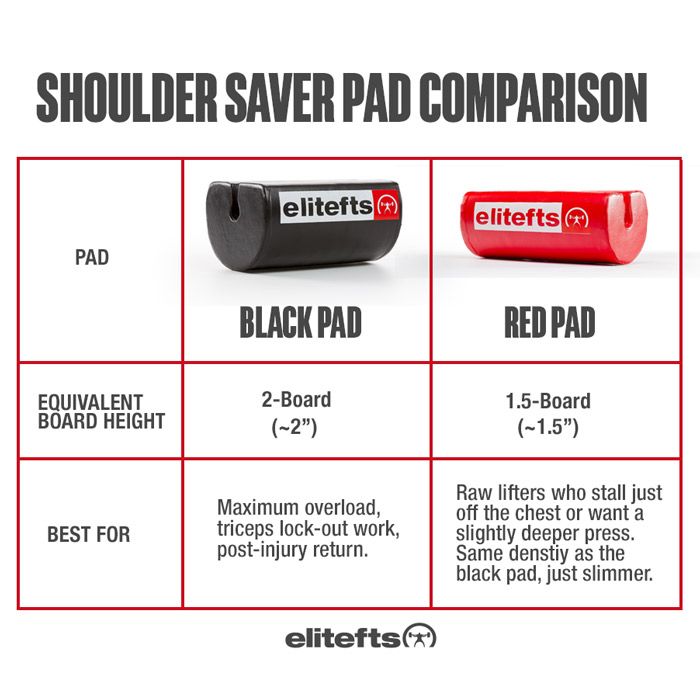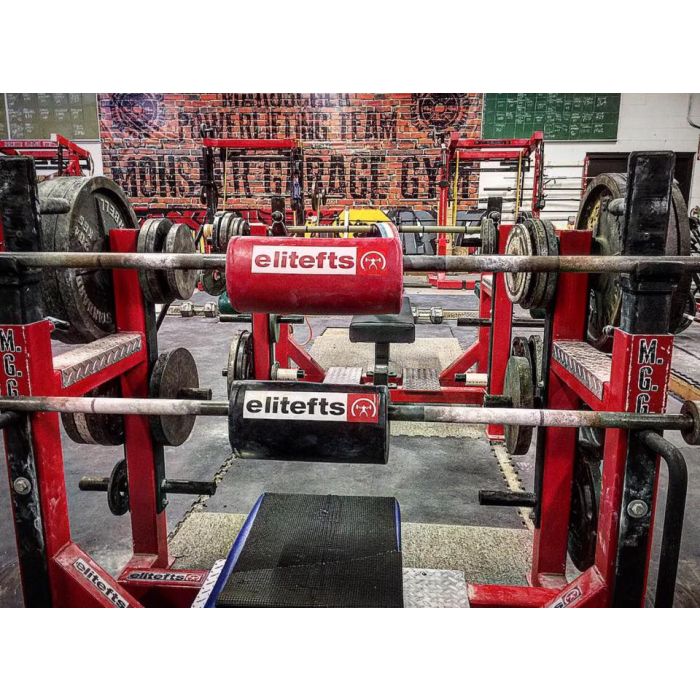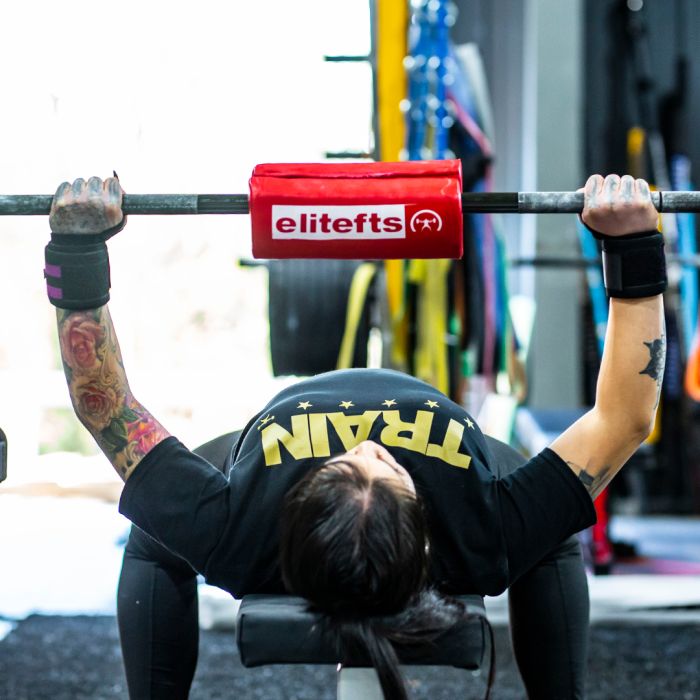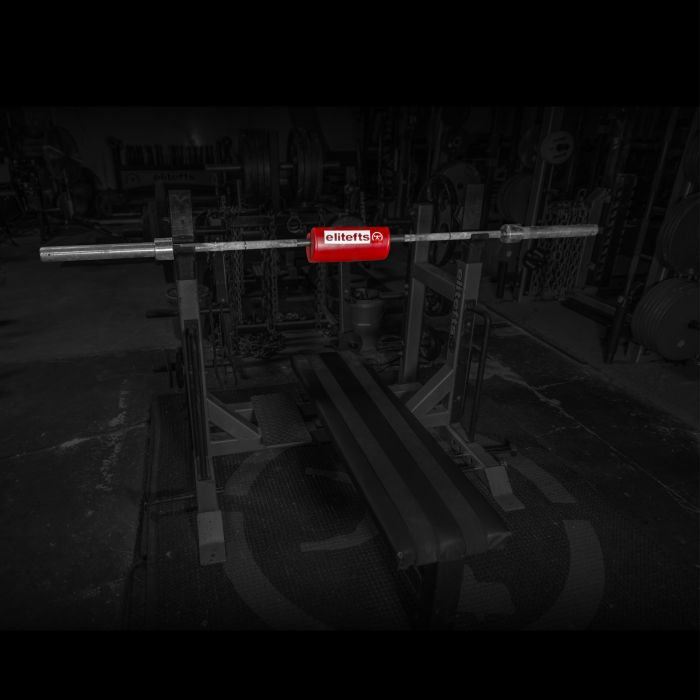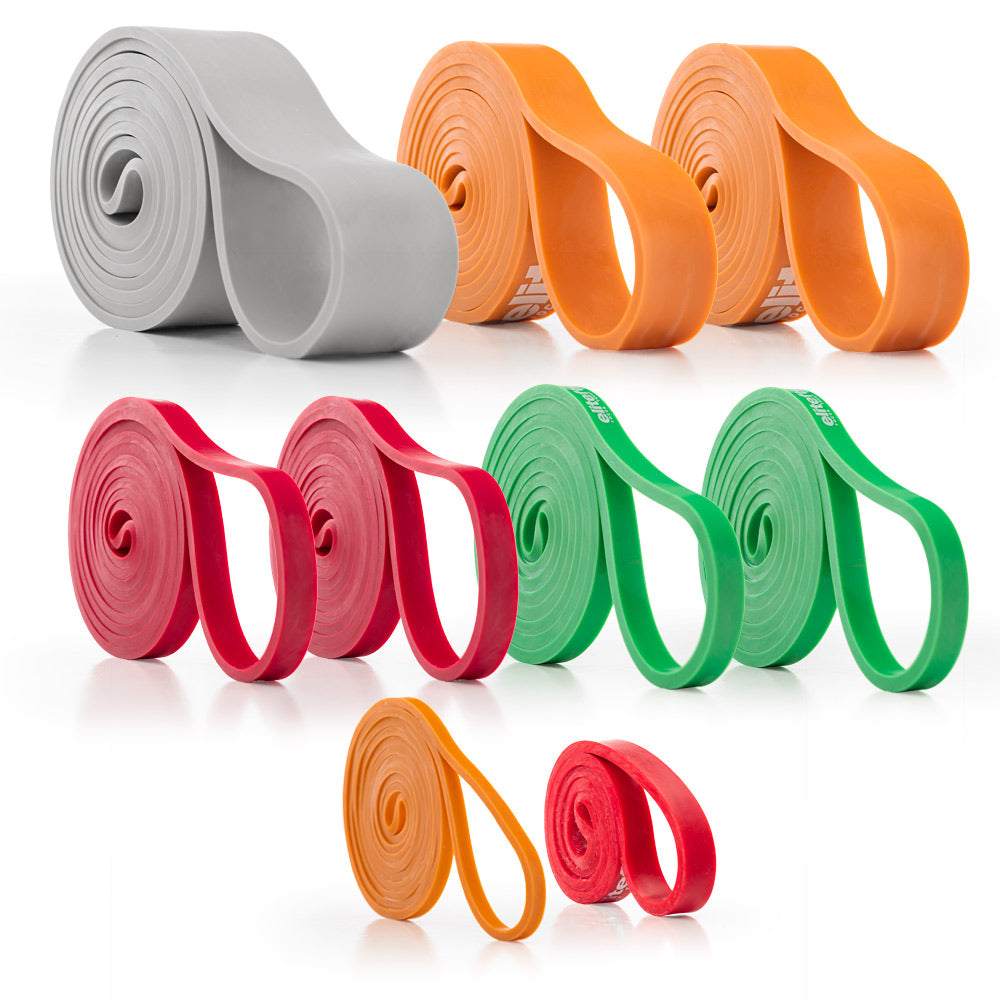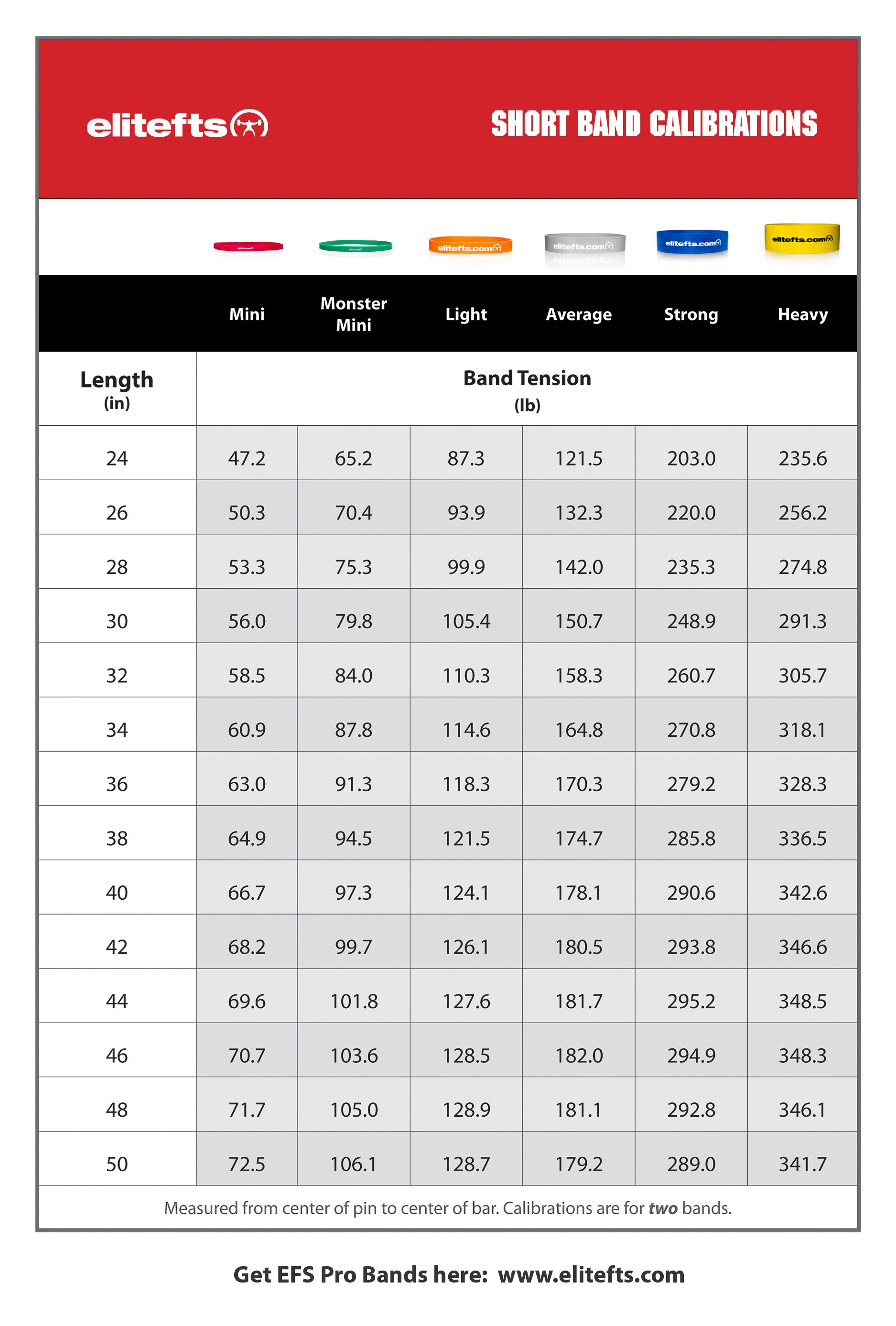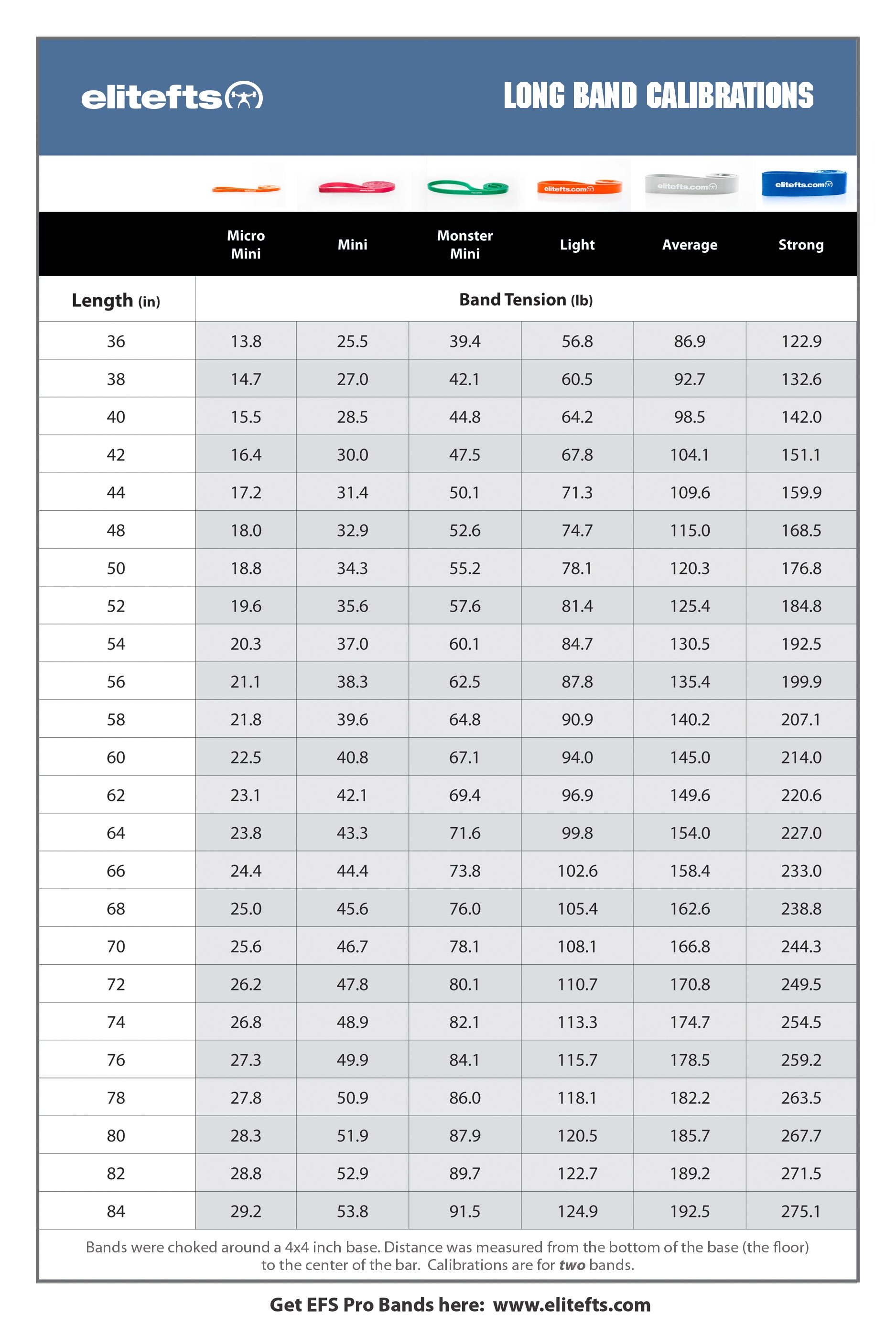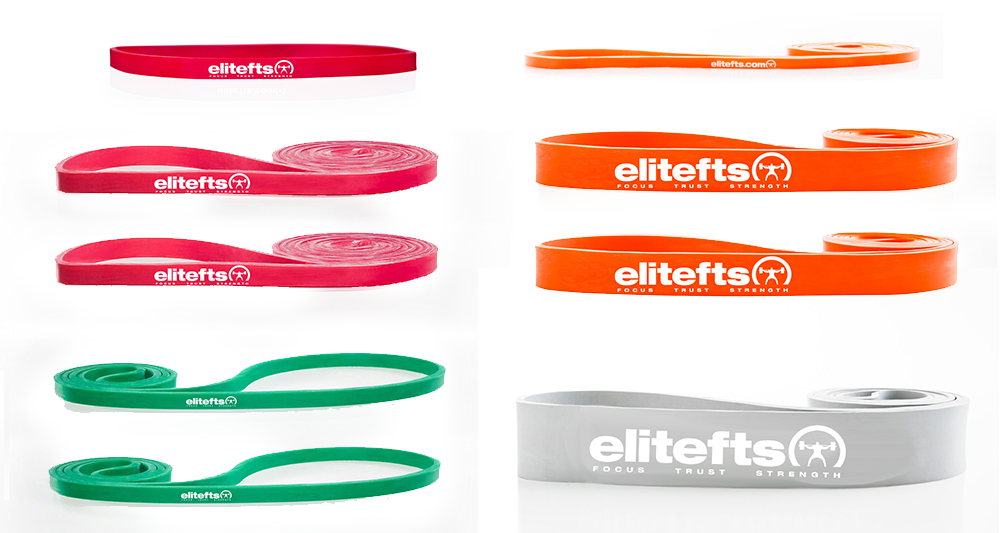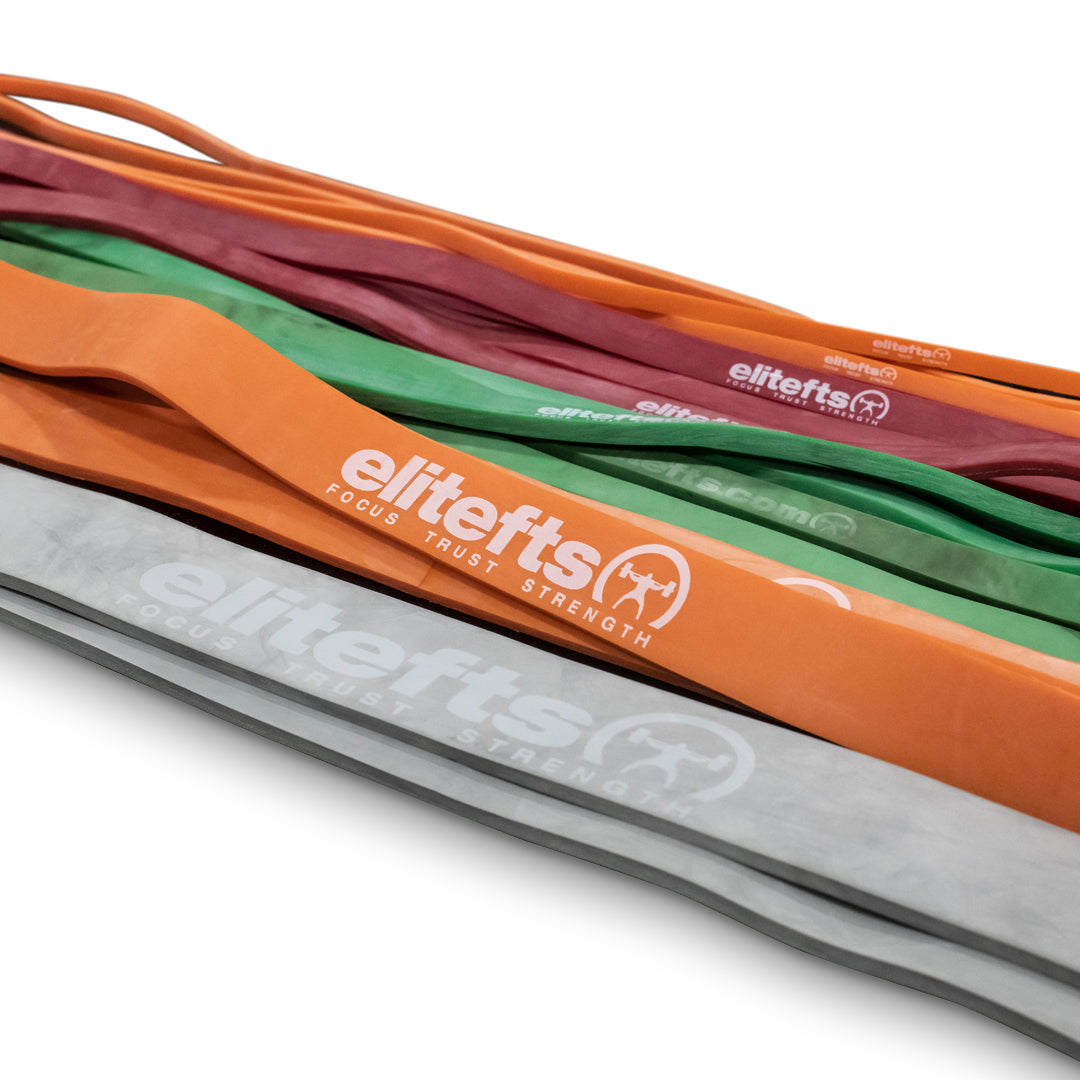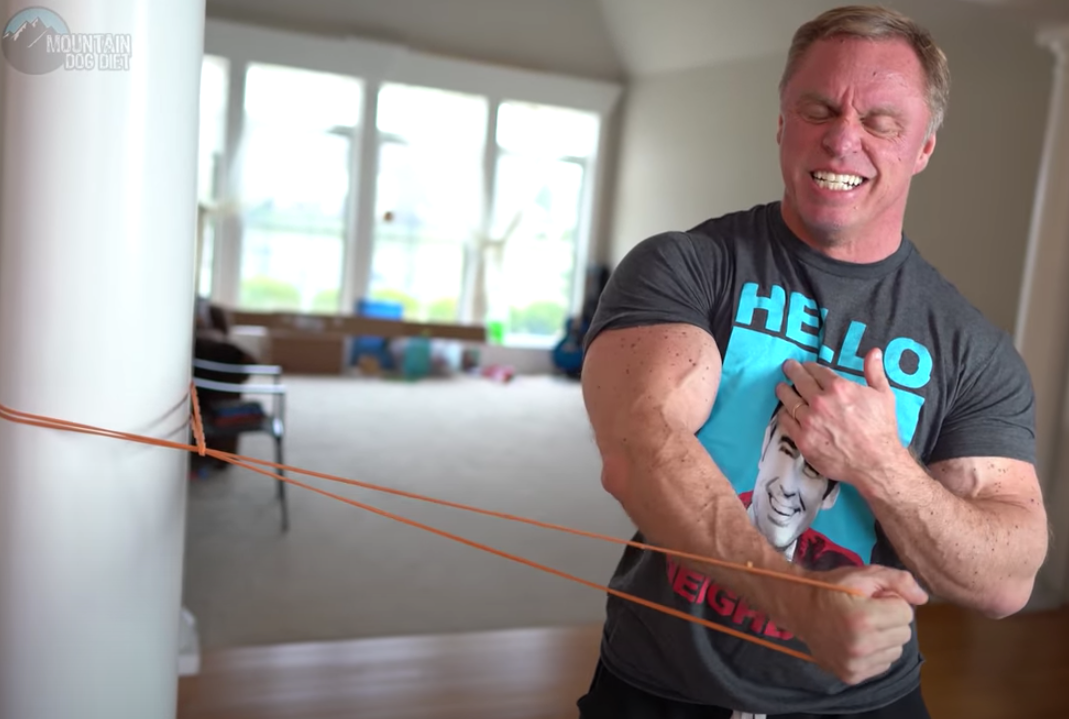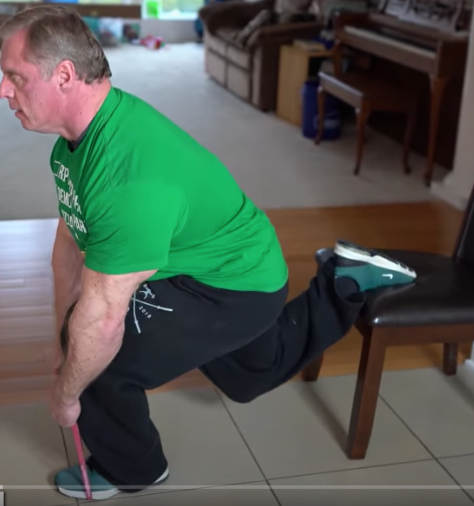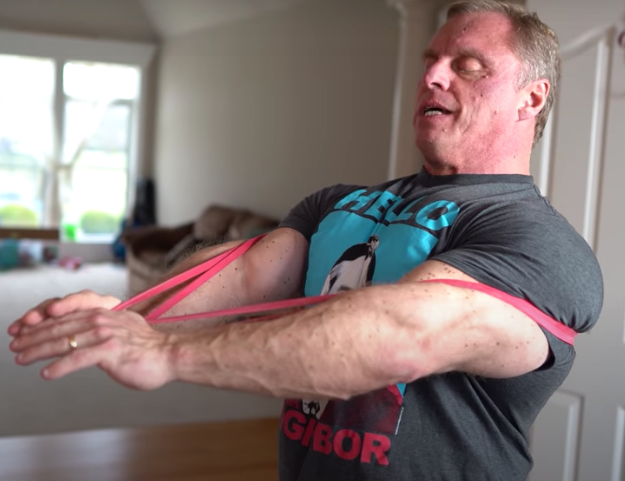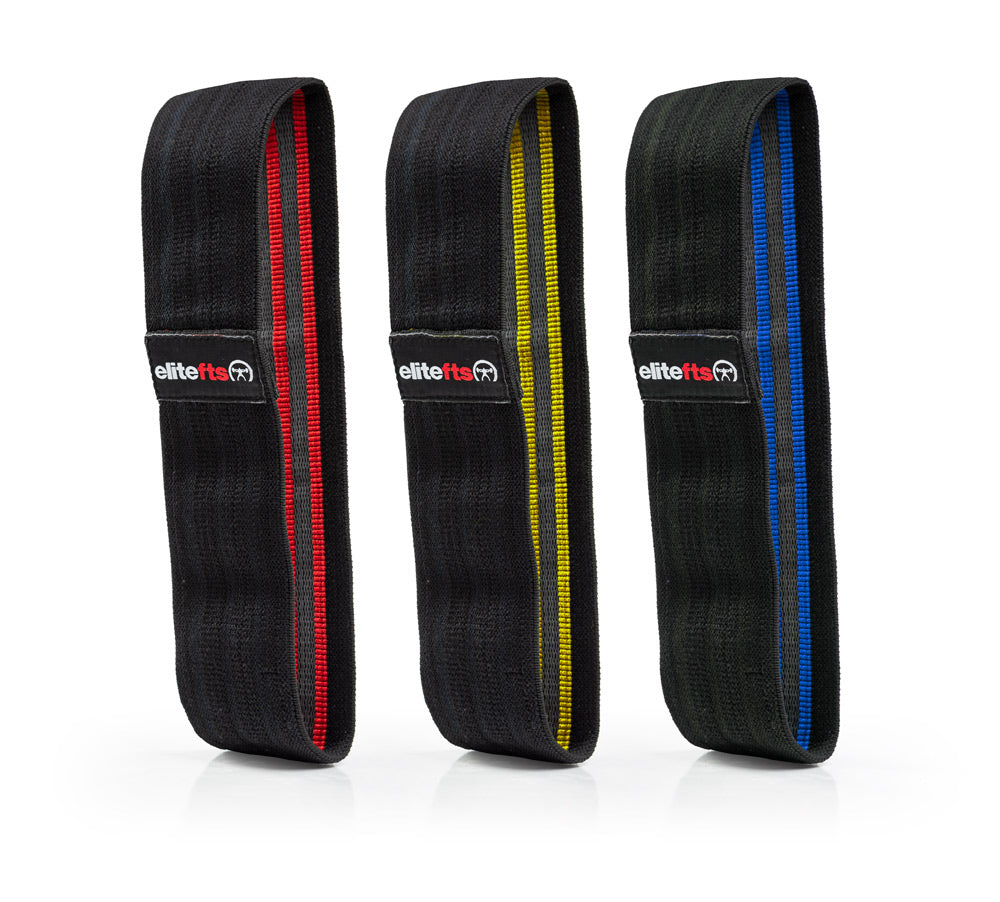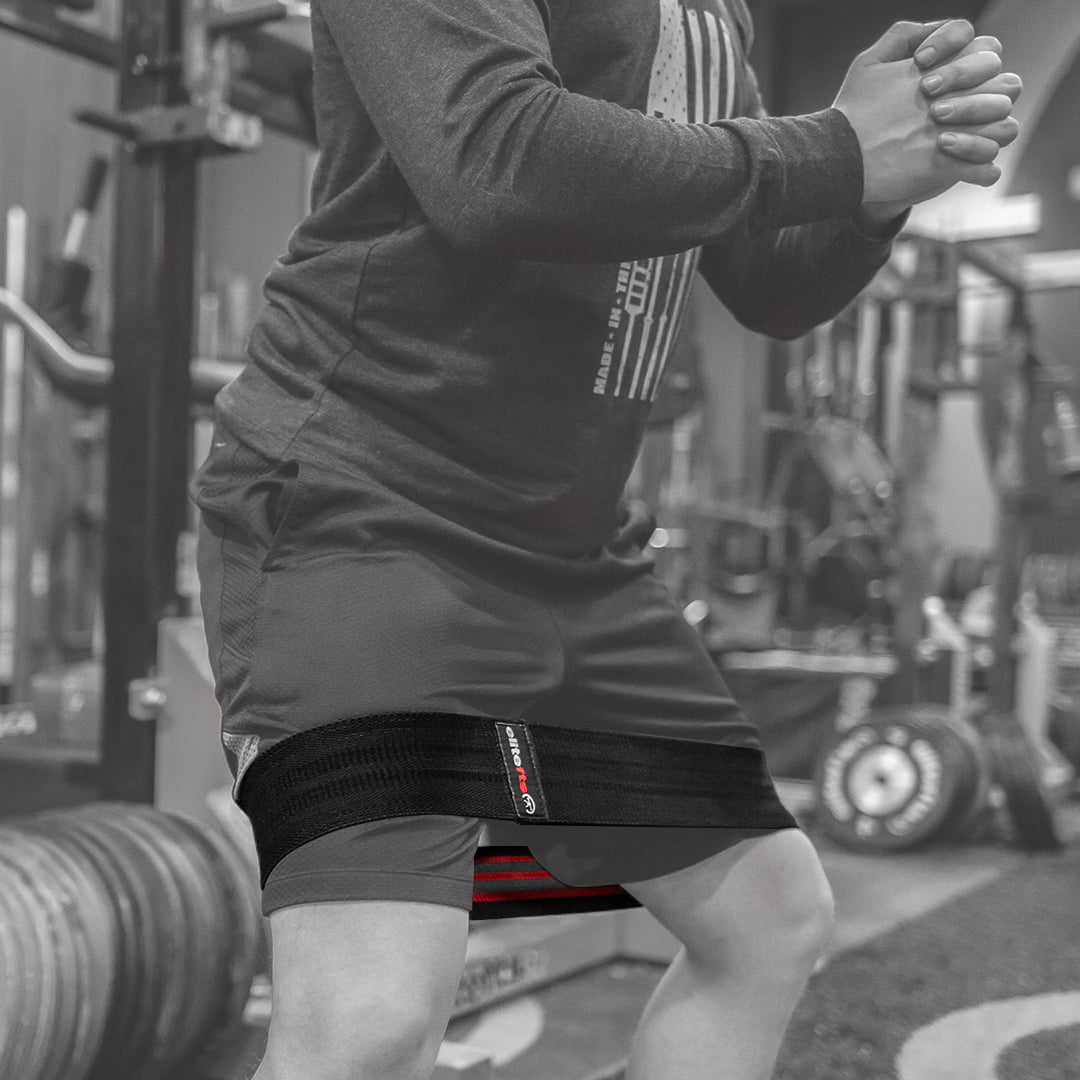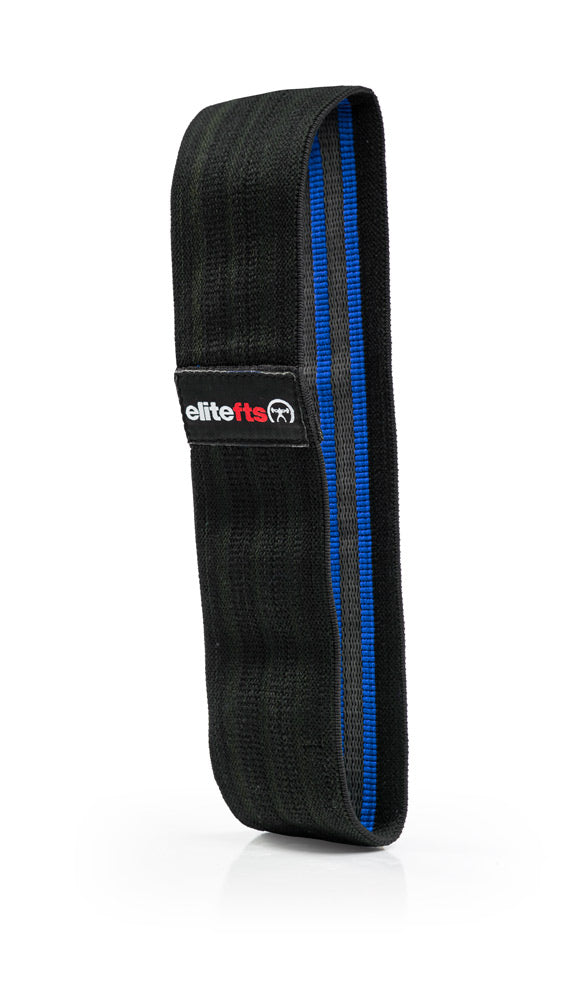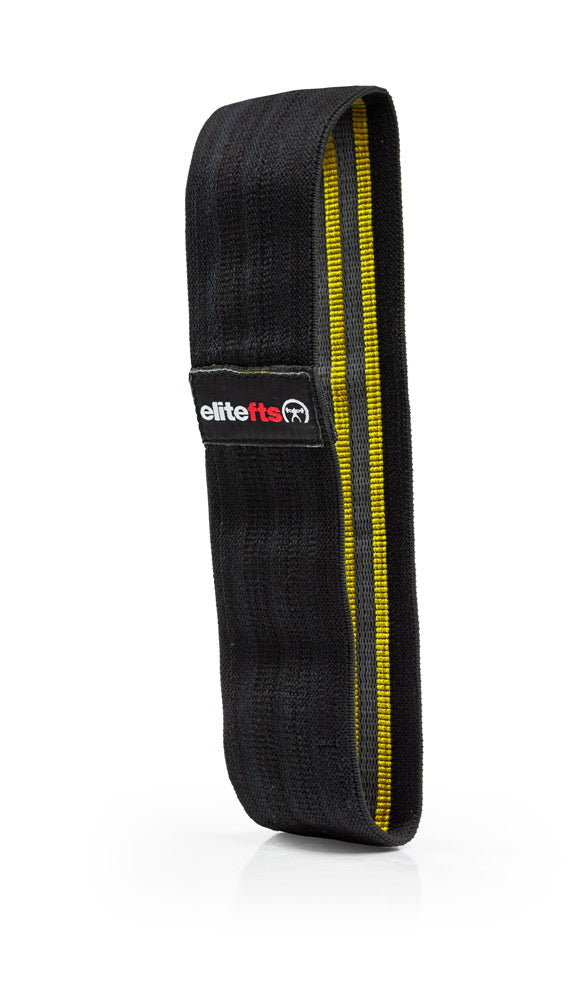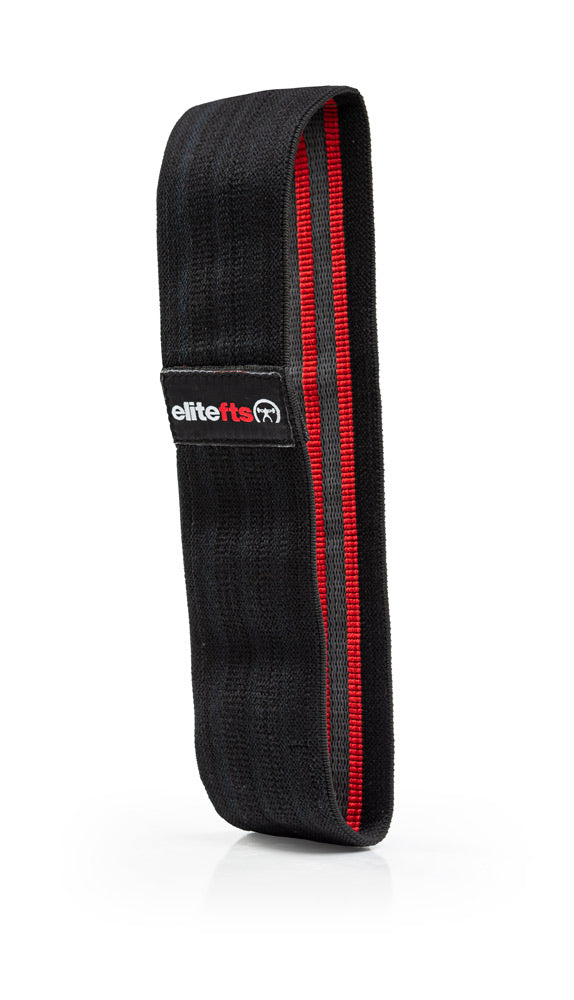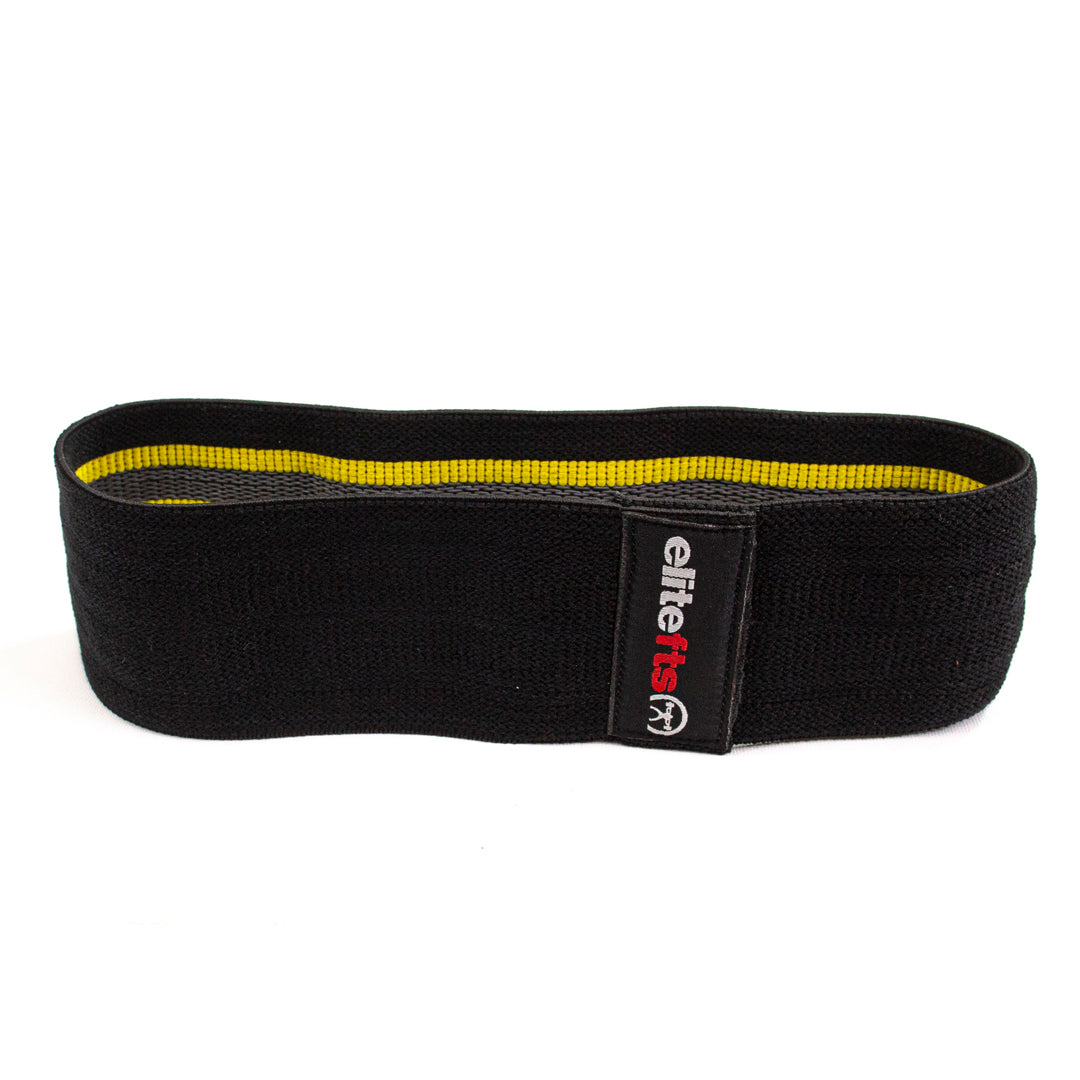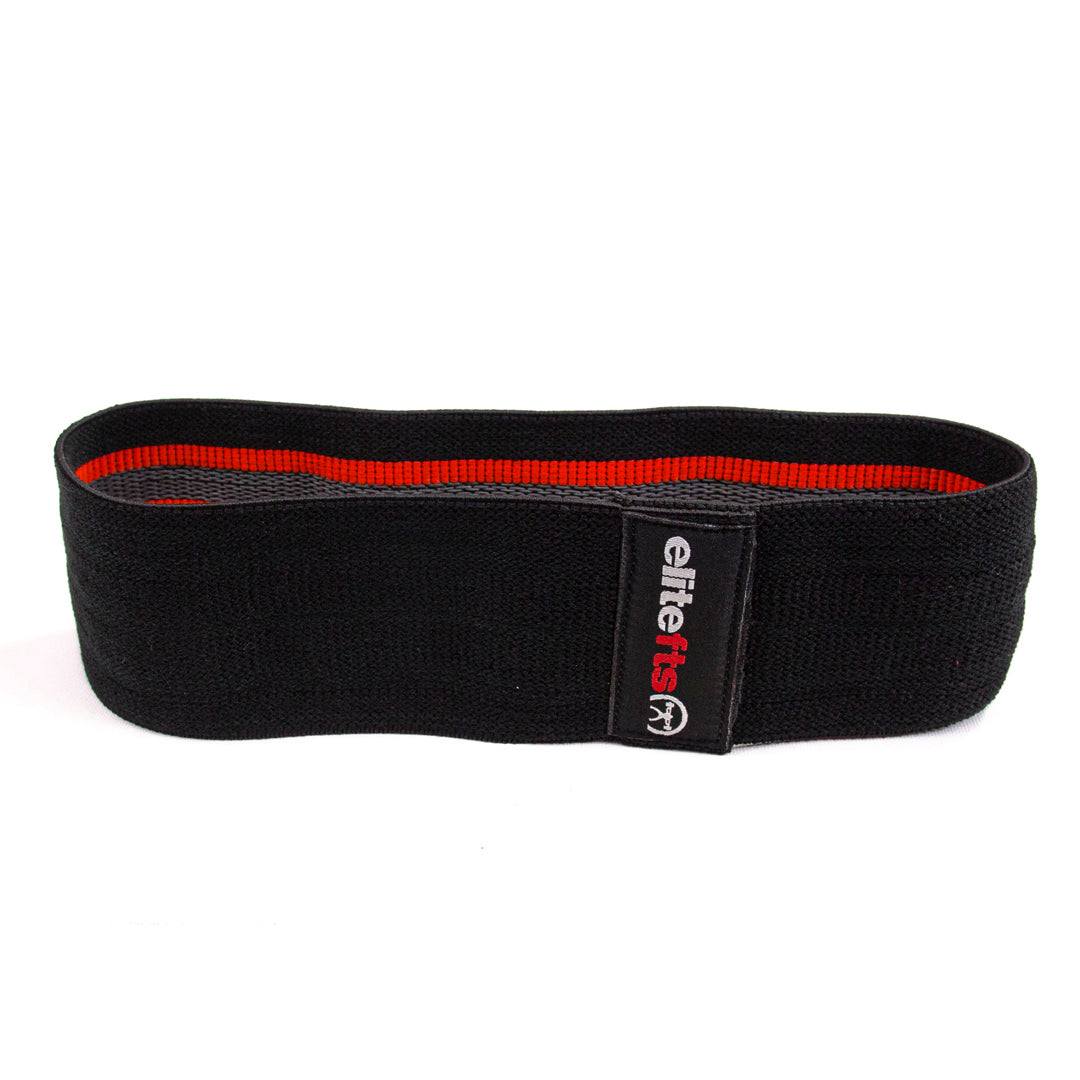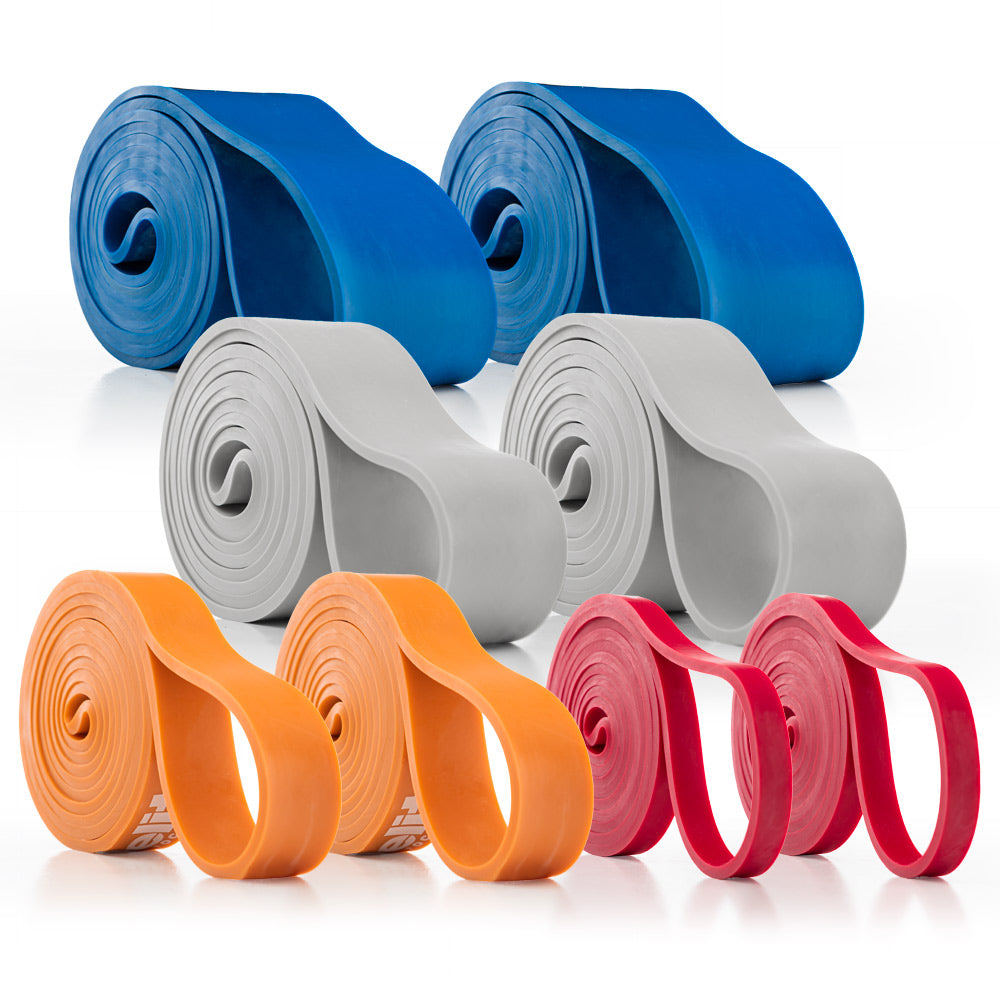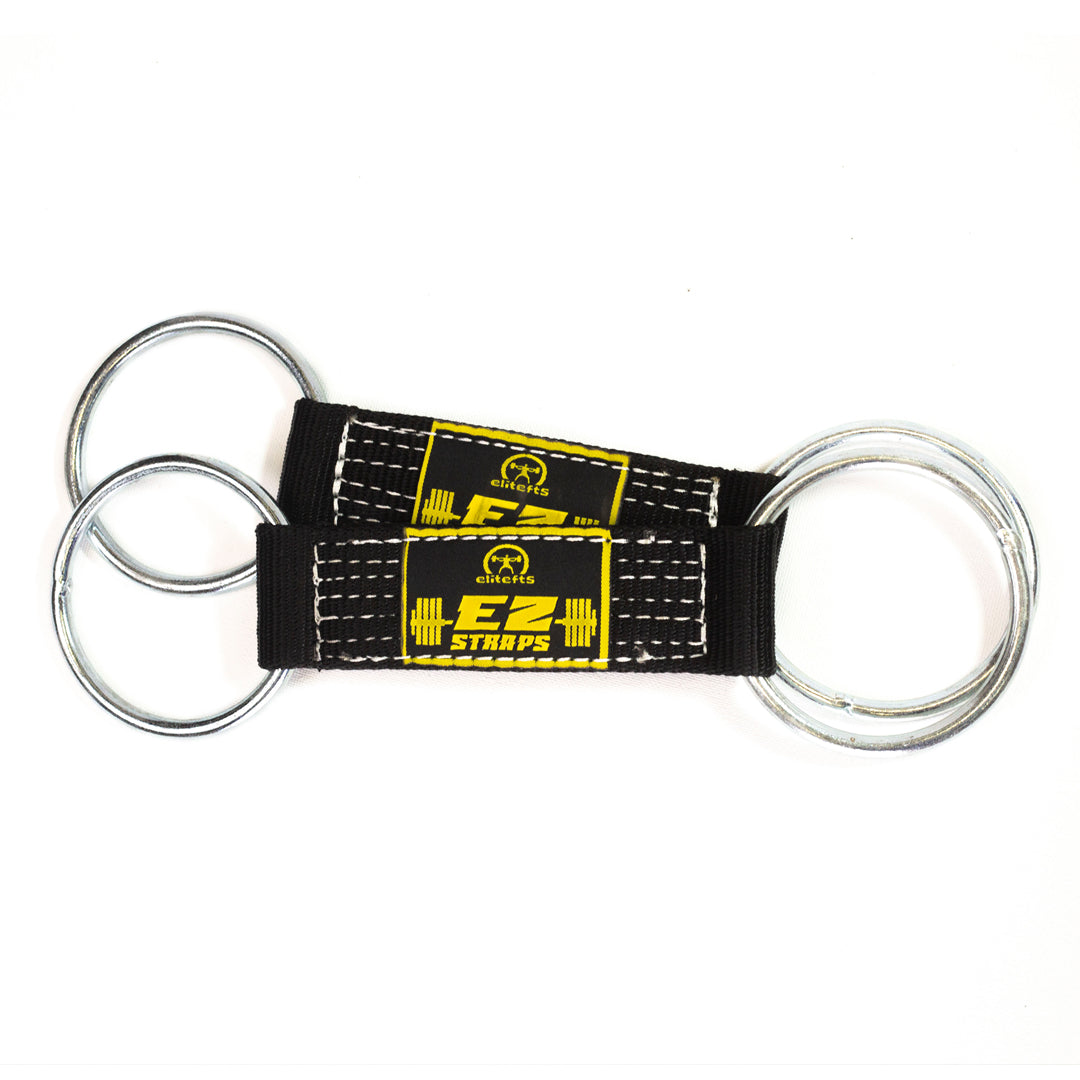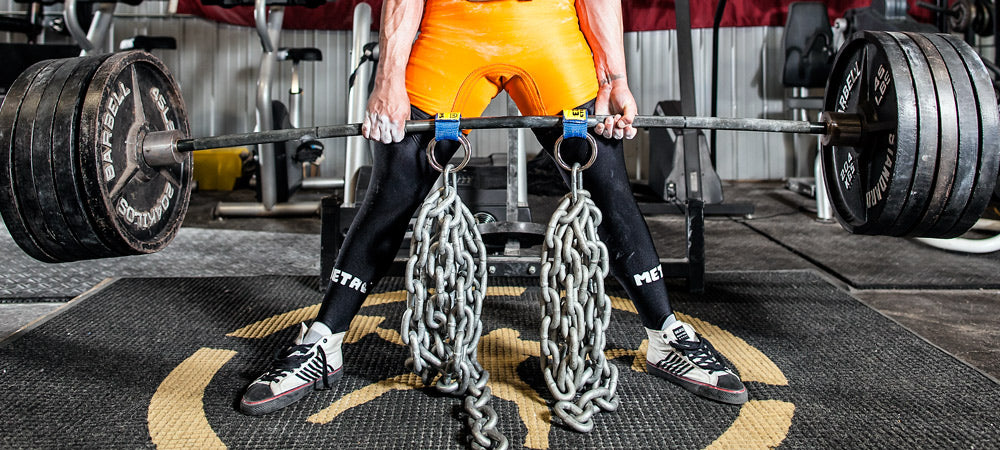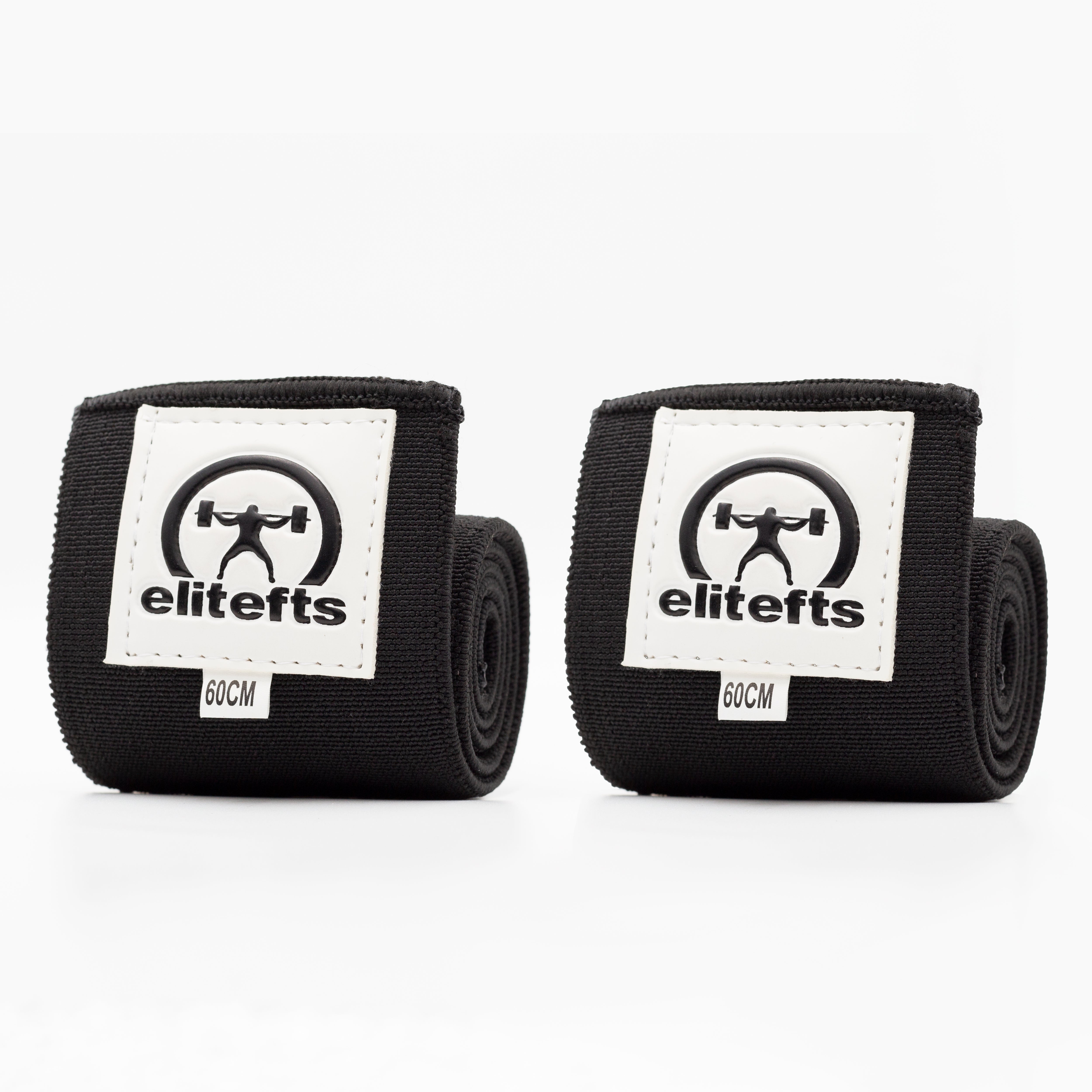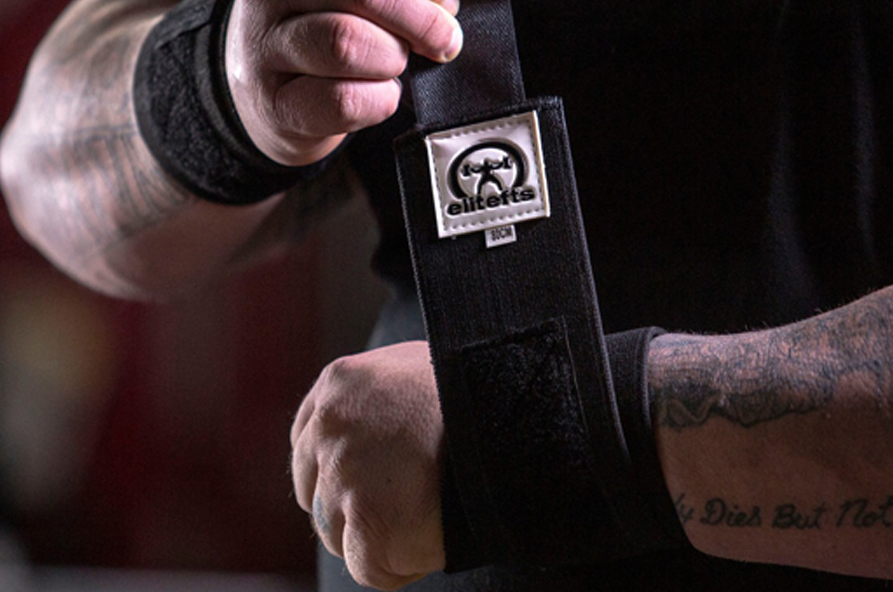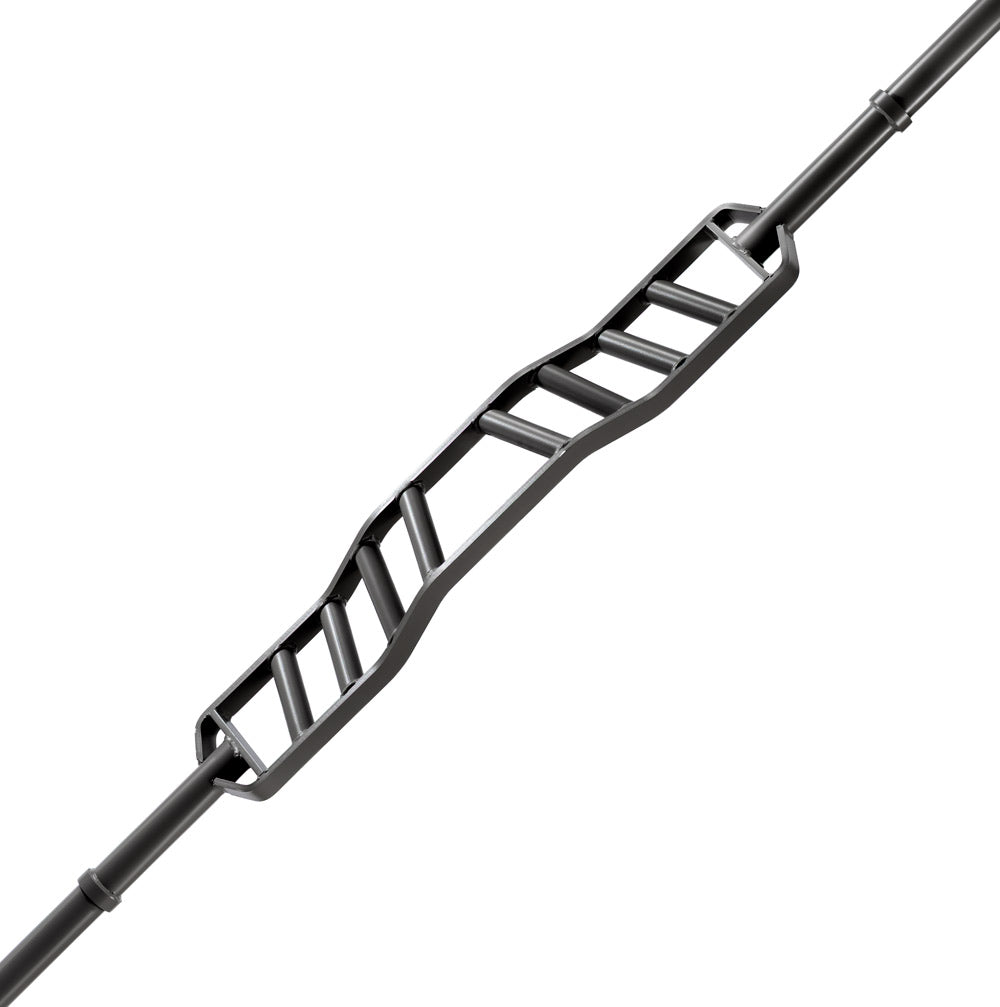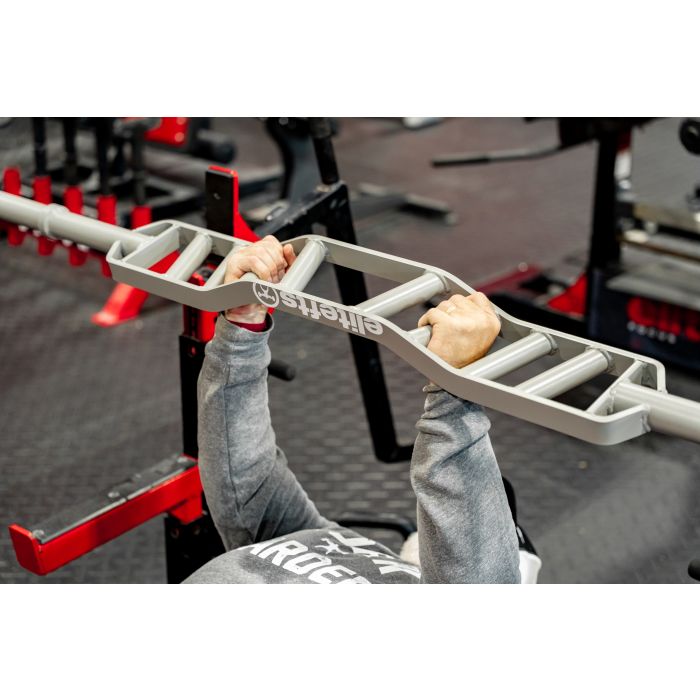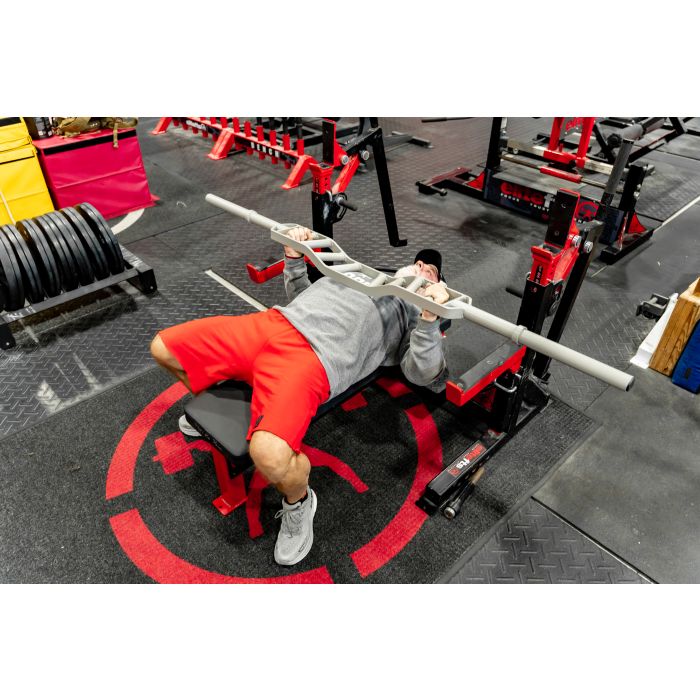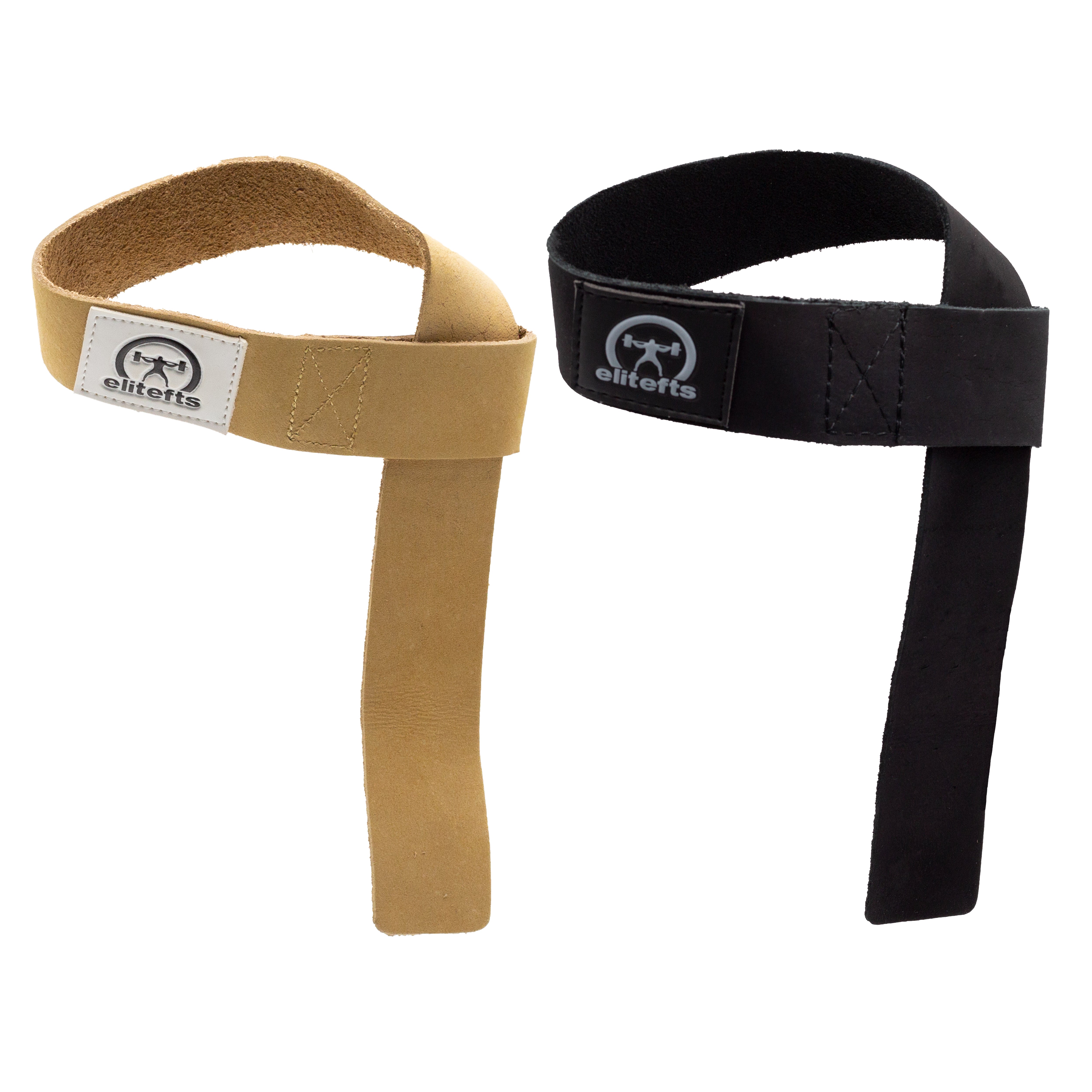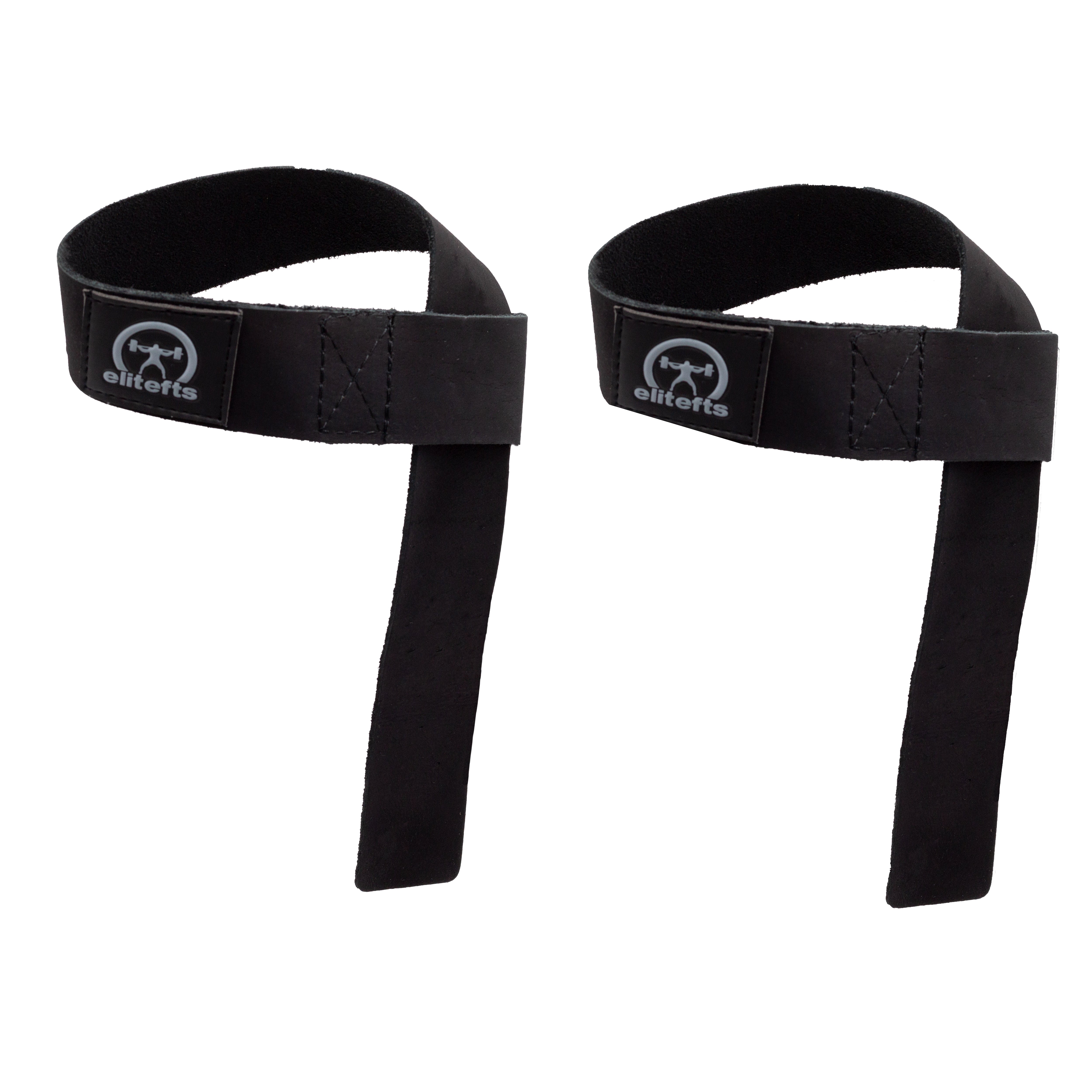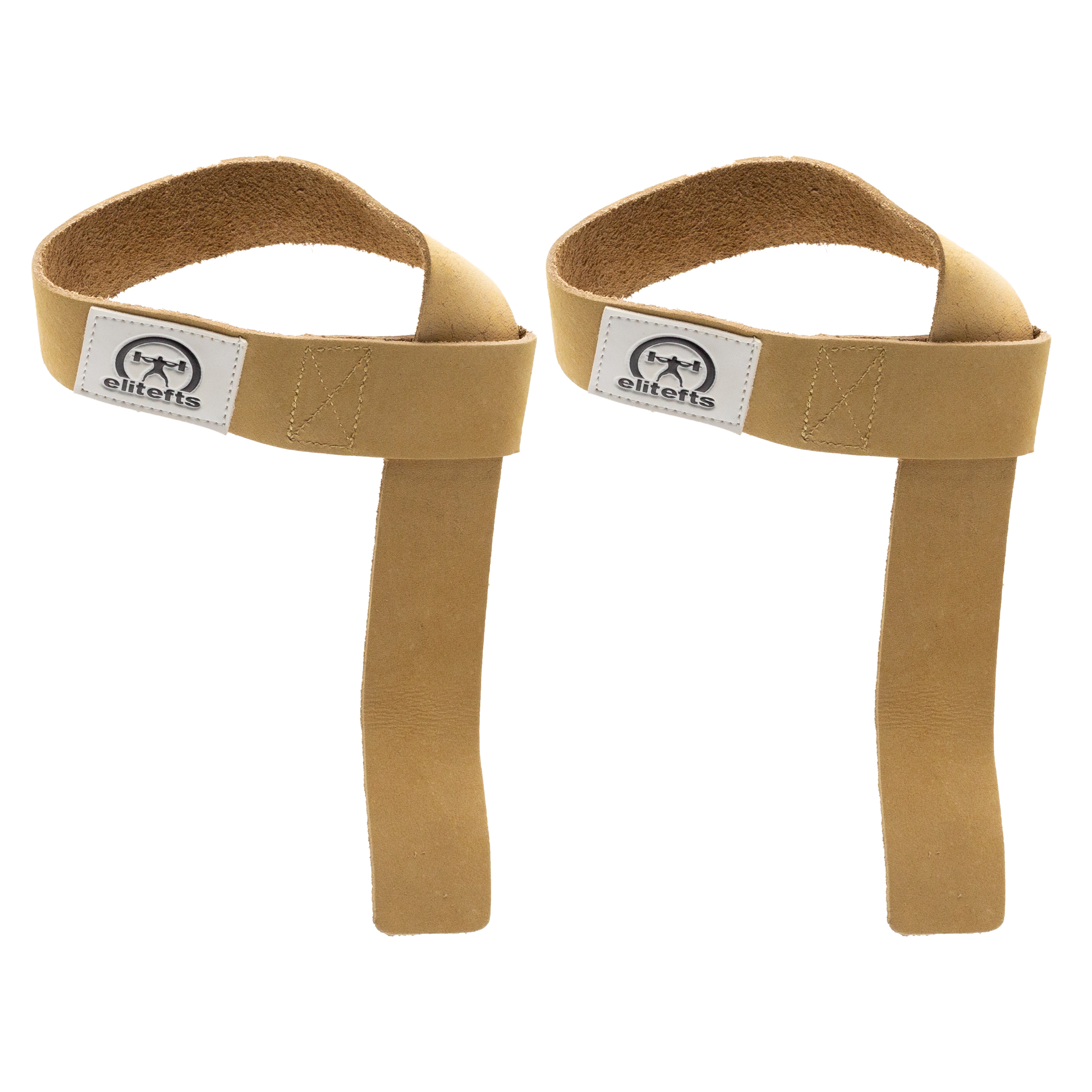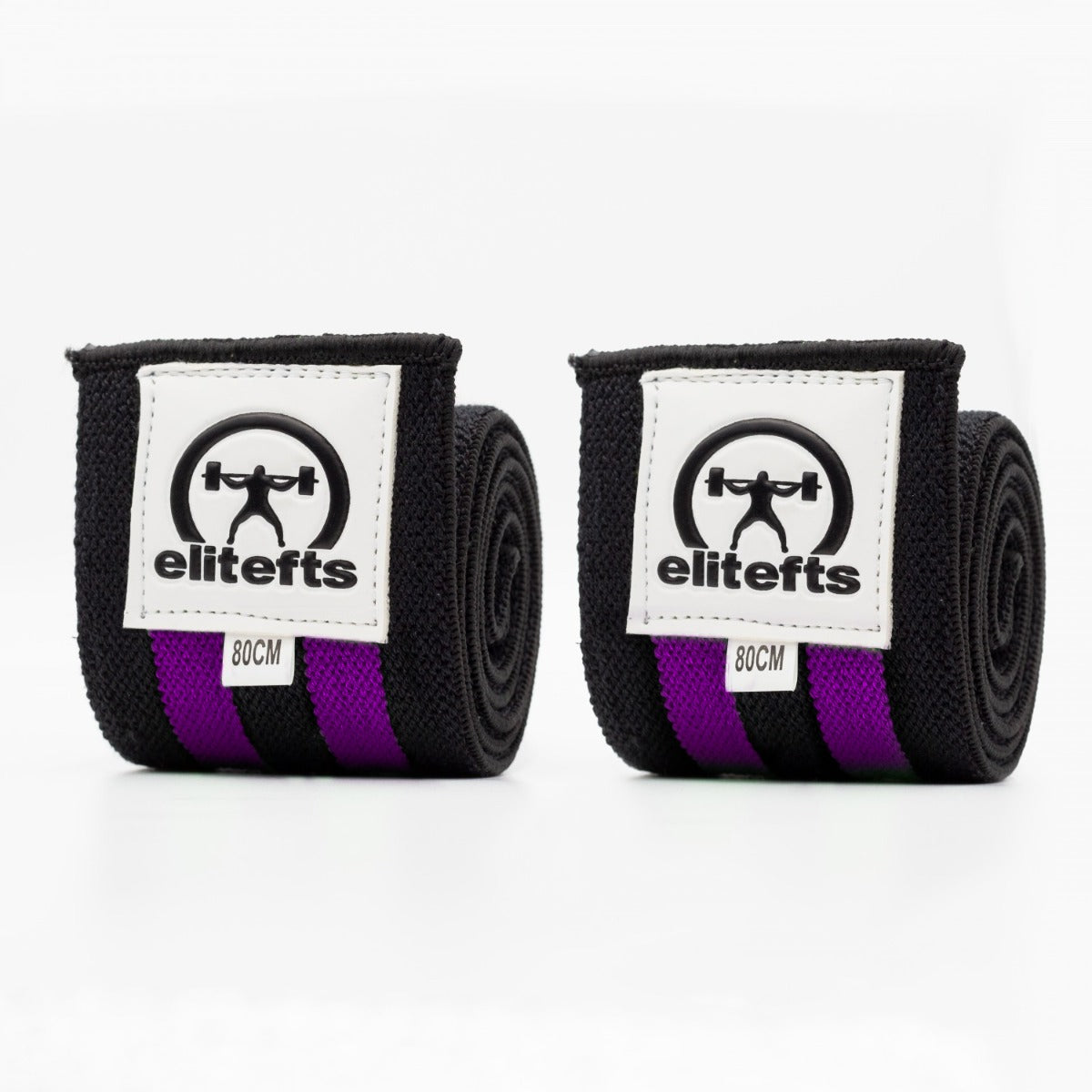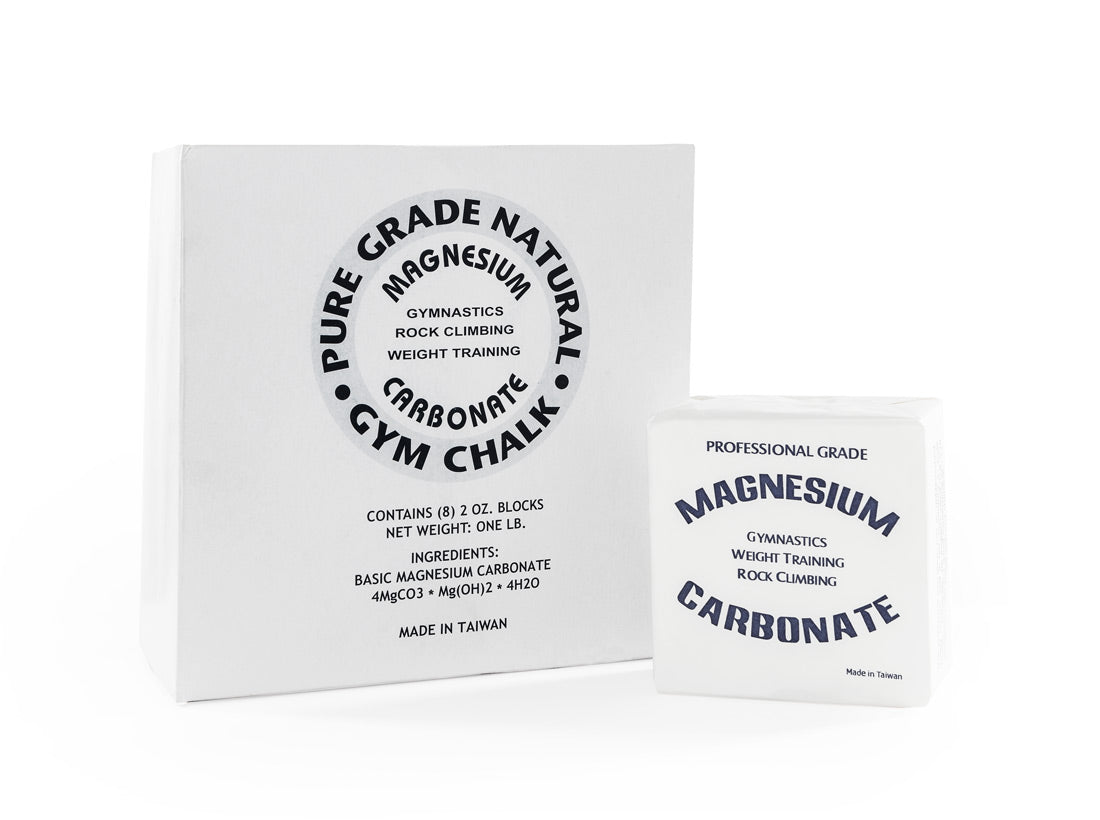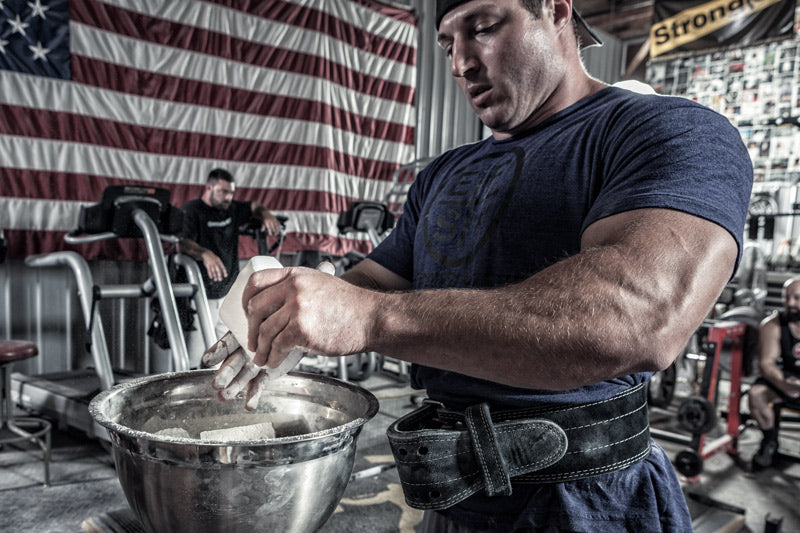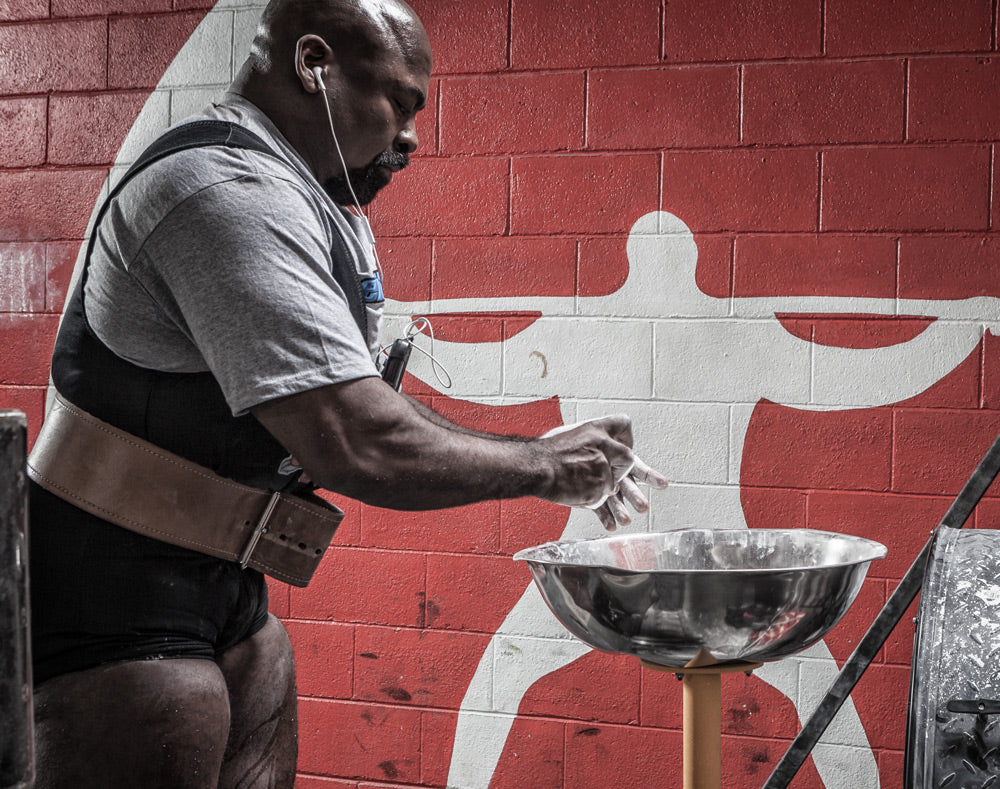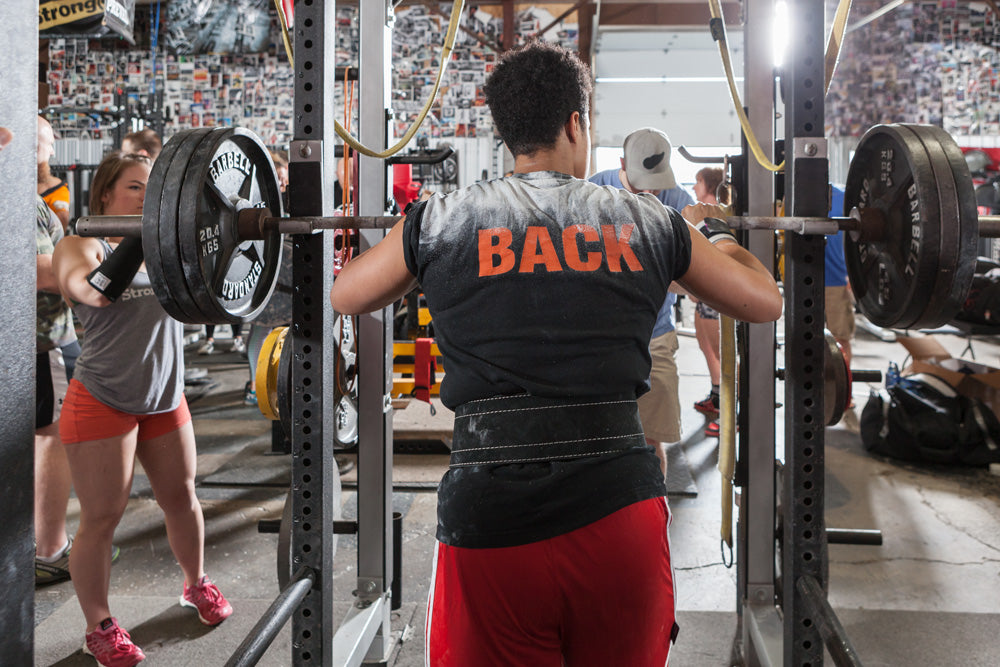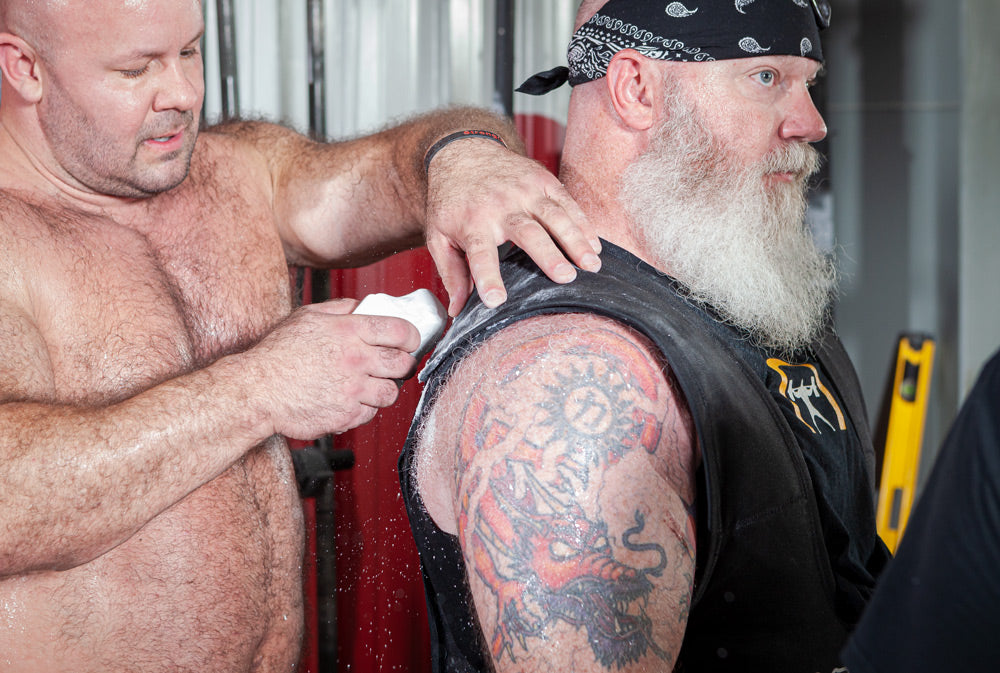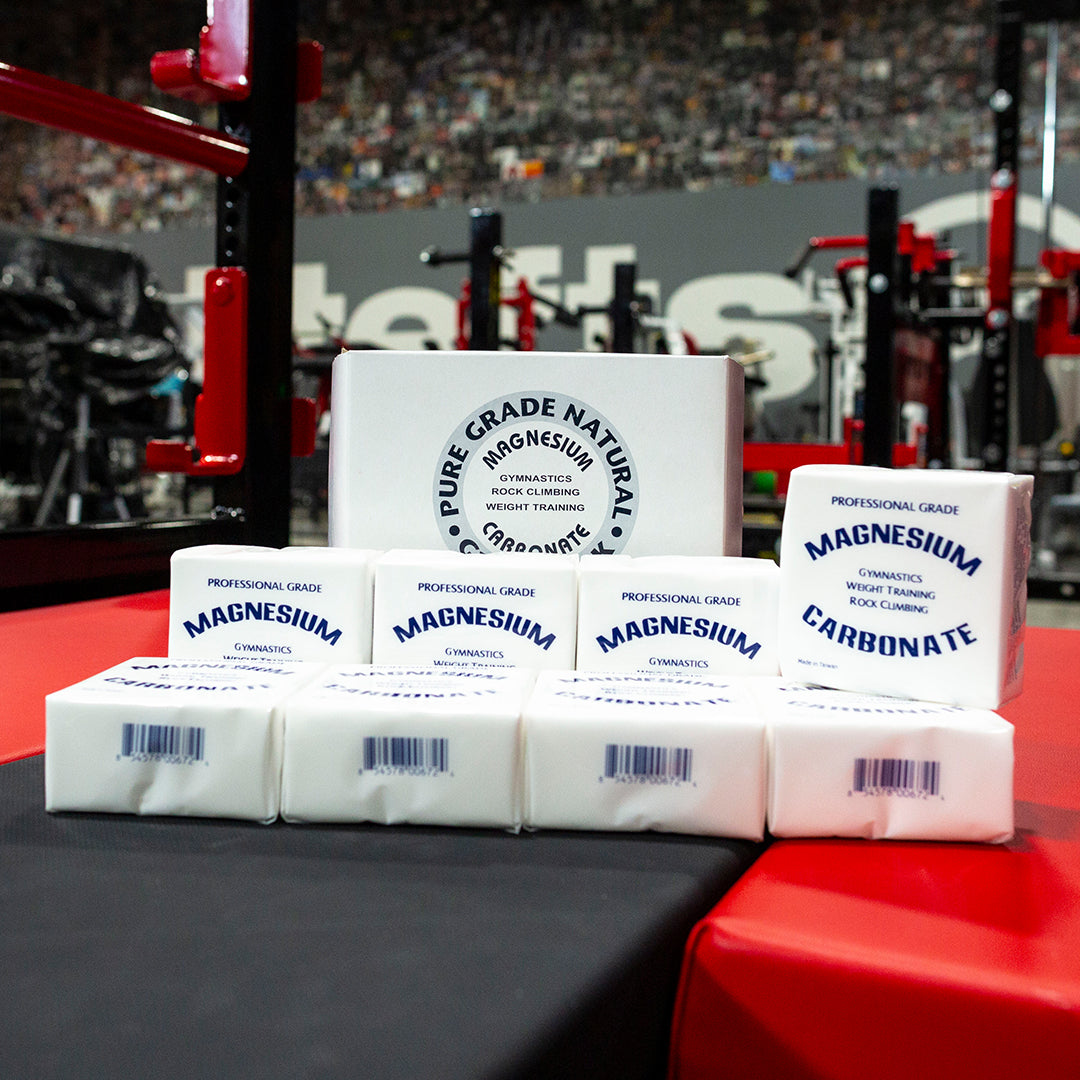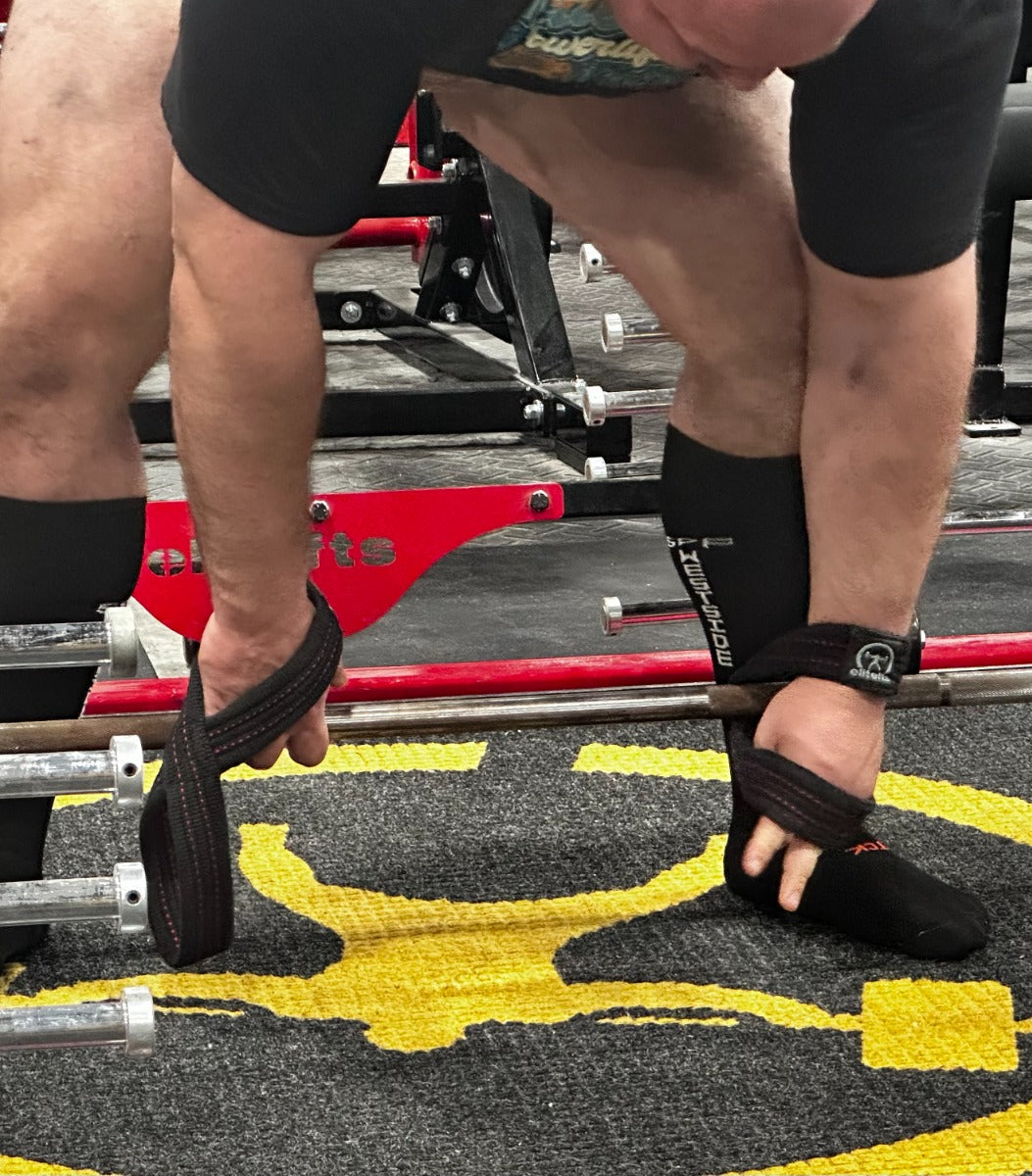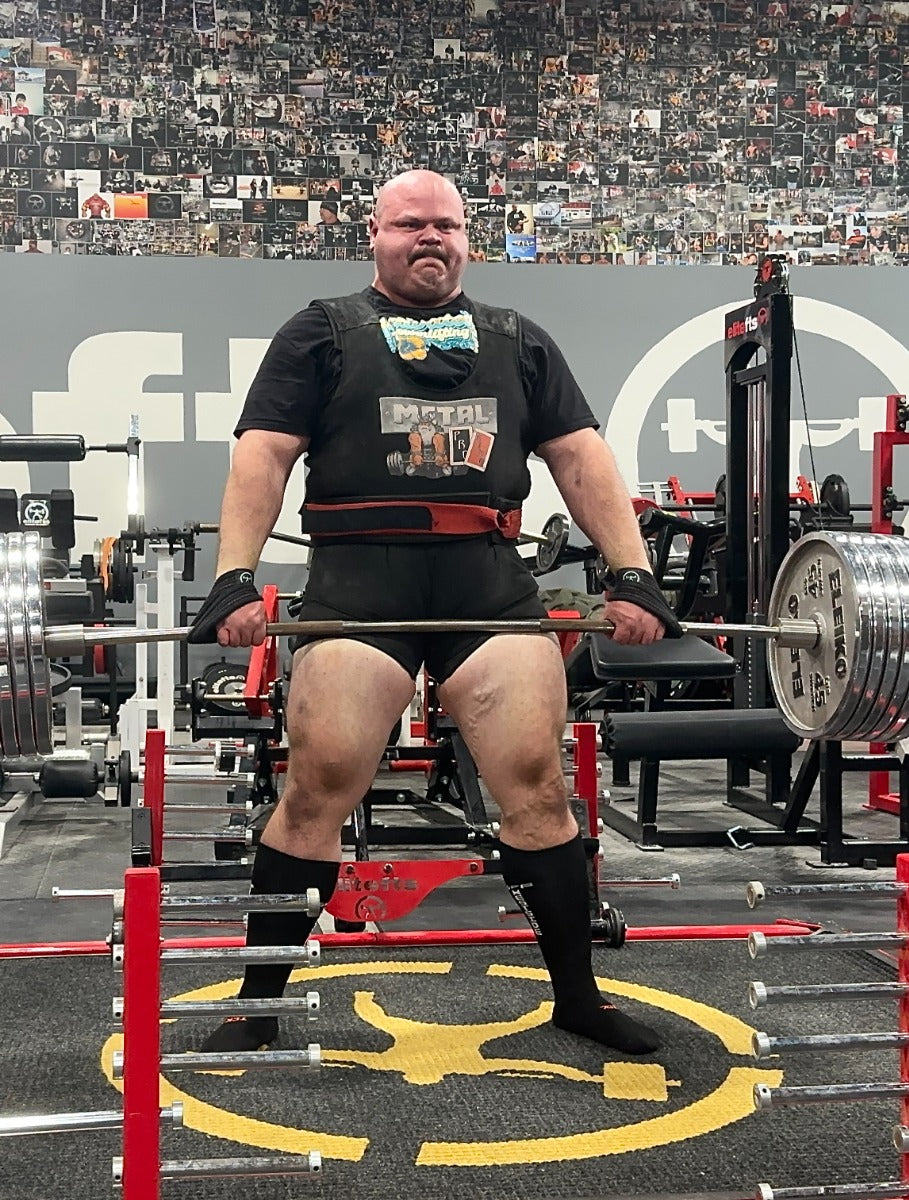The ‘Other Bar’
Hang Time for Strength Athletes, Part 1
I’m sure you’ve heard before that the pull-up is to the upper body what the squat is to the lower body. Quite frankly, this couldn’t be truer. The pull-up should be a cornerstone in any athlete's training routine no matter what his training goals might be. The benefits are far too abundant to be ignored.Anyone can put a bar on his back and squat. The question is how much? Sadly though, not everyone can perform a pull-up and that might be why sometimes pull-ups are neglected in many strength athletes' routines.
Becoming strong at pull-ups will bring up your deadlift, no doubt about it. When your pull-up numbers go up, so does your deadlift, especially if pull-ups are a big weakness for you. They help everything, including keeping the body stable, tight, and rigid throughout a heavy squat or bench press. It’s easy to get disheartened and give up on them, especially as some people view pull-ups as somewhat of a chore. Personally, I can’t understand that because pull-ups are my "go to" exercise and have by far given me the most significant strength gains over any other exercise. In the space of two months, the addition of heavy weighted pull-ups made both my bench press and deadlift go up over ten pounds and twenty pounds, respectively.
Let’s face it. Many strength athletes also want to be big, and many readers of this site are going to be over 200 pounds. With that extra weight comes some extra added difficulty for many people in performing pull-ups. You're essentially lifting more weight than the lighter guys, so the exercise becomes extremely challenging. However, at the same time, with all that extra muscle comes potential for more strength. So we just need a plan of attack, some hard work, and some serious action taking.
It can be frustrating for anyone who enjoys lifting serious weights, blasting personal bests in heavy lifts like the squat and deadlift, to put aside their egos and allow themselves to be humbled somewhat by something like a pull-up, especially if you can’t do any yet. But again, the benefits you'll get from pull-ups for your other lifts can't be ignored. Quite frankly, unless there's a medical reason as to why you can't perform them, pull-ups need to be in every athlete's training routine. "I’m too heavy," "I’m not built for pull-ups," "I can’t even do one yet," "My legs are too heavy"—I’ve heard literally all the excuses under the sun, and they just don’t cut it. Nah mate, you aren't too big. Don’t give me that bollox. There are many bar athletes well over 200 pounds who are doing not only pull-ups but also muscle-ups and other advanced pull-up variations with ease.
When most people think about easing into a pull-up and building the strength needed to perform their first one, they often think of those awful assisted pull-up machines that you often see in mainstream gyms. They suck. Any pull-up assisted machine that allows you to rest your body on a platform, usually the knees, is terrible and won't build the real strength needed to perform a pull-up. There isn't any stabilization or core strength requirements when using these machines, two things that are necessary when performing pull-ups or chin-ups on a bar.
There are many different exercises that you can perform that provide much more significant strength benefits specifically for the pull-up. These assisted chin-up machines aren't worth your time. This may ruffle a few feathers, but you can’t please everyone on the internet, and I truly believe that there are many body weight alternatives that don’t require an expensive piece of unnecessary equipment.
Variations
There are more variations of the pull-up than you can shake a stick at, including exercises that will help you lay down the foundation to eventually perform the standard pull-up with excellent technique.Inverted rows: Inverted rows, or body rows as they are also known, are up there in my top ten favorite exercises of all time. I have all my clients perform them, and I use them myself weekly with extra added resistance from a weighted vest to keep me in the five- to ten-repetition range. If you can’t yet perform a single pull-up, inverted rows are perfect for you. You can use a low bar at a park, a barbell set at the bottom of a squat rack, or (my personal favorite) a suspension trainer such as blast straps.
With your shoulders directly under the anchor point, try to keep your glutes and mid-section tight and keep your body in a straight line from the heels of your feet all the way up to your shoulders. Don’t allow yourself to slip into caveman posture with your shoulders rounded forward. Keep your shoulders back. Try to squeeze your lower traps together, keeping them engaged throughout the whole range of motion.
When you're able to hit ten solid inverted rows, pull-ups should start becoming a hell of a lot easier. Inverted rows are also an excellent core exercise because they strengthen both the abdominals and glutes when done with proper technique.
Dead hangs: For the complete pull-up novice, the dead hang is the best place to start, especially if you aren't strong enough to do chin-ups or even flex hangs yet. Even for those who have been doing pull-ups for years like myself, dead hangs can provide a fun and effective finisher to your workout.
Be sure not to shrug the shoulders at all during dead hangs. You’ll want your shoulders as loose and relaxed as possible to avoid fatigue.
Flex hangs: To perform a flex hang, get yourself over the top of a pull-up bar, making sure that your chin stays over the bar at all times. Your job is to stay in this position for as long as you possibly can. If you can’t yet do any chin-ups or pull-ups, you can jump up, using your legs to help you up to the top of a pull-up. When first starting with flex hangs, I recommend using an underhand grip. However, if you're already proficient with chin-ups, use an overhand grip.
When performing this exercise, you should strive for maximum muscle tension in the upper body and core, largely focusing on the upper back.
Negatives: The next progression are negative pull-ups, which should be self-explanatory, but I’m never one to simply assume anything so I'll go into some detail here.
A negative pull-up simply involves the downward portion of a pull-up only, the starting position being that of a flex hang with your chin over the bar. Like the flex hang, you can jump up to the starting position and then slowly lower yourself down. You want to make the negative pull-up last for as long as you possibly can, contracting the entire upper back as you do so with most of the focus on the lats.
Another option is to perform a flex hang. Then, when your muscles begin to tire, attempt to stay elevated for as long as possible, slowing the descent as much as you can and effectively combining a flex hang with a negative pull-up for added difficulty.
High repetition one-arm rows: Also known as Kroc rows, these aren't a pull-up bar exercise. However, Kroc rows are without a doubt the number one exercise that has had the most impact on my pull-up numbers. Nothing in my experience builds upper back strength endurance and grip strength quite like these. I’m pretty sure there isn’t a single elitefts™ reader out there who doesn’t know what Kroc rows are, but again, assuming never leads to anything good so I’ll explain.
Simply grab a dumbbell and, with a little trial and error, find a weight that you can perform one-arm rows with for upward of 20 reps. I personally have seen the best results working between 20 and 40 repetitions for two to three sets as heavy as possible. If you can't yet perform a chin-up, these can certainly help you on your way.
Chin-up: The chin-up is the easiest variation and is performed with your palms facing you in an underhand (supinated) grip. This exercise allows use of the biceps a little more and is definitely the first type of pull-up you should strive to master. Ten solid repetitions and you’re ready to move on to some other variations.
The standard pull-up is performed with an overhand (pronated) grip so that your palms are facing away from you. They can be a real challenge for any athlete. Many will reach muscular failure within ten reps if performed with the proper technique and full range of motion.
Neutral grip pull-ups: Once you can perform chin-ups properly, the jump from underhand chin-ups to overhand grip pull-ups can be quite a big one. Neutral grip pull-ups can help serve as a stepping stone between the two.
Using two bars that are parallel to each other so that your palms face one another, you can bridge the gap between chin-ups and pull-ups, the difficulty level for neutral grip pull-ups being somewhere between the two more commonly performed variations. I recommend keeping all three types of pull-ups in your routine in one form or another.
Mixed grip pull-ups: Another variation that can be useful for beginners who have a tough time transitioning from chin-ups to pull-ups is the mixed grip pull-up. Similar to a deadlift mixed grip, you’ll perform a pull-up with one underhand grip and one overhand grip. Be sure to alternate which hand is under/over for each set to avoid developing a muscle imbalance.
Pull-ups
As mentioned above, the pull-up is performed with an overhand grip with the hands at shoulder width and the palms facing away from the body. Good form involves using full range of motion, lowering the body until the elbows are completely straight. Just like idiots in the gym who bench press halfway down to their chests and claim that they can bench 400 pounds, many people get extremely lazy with pull-ups and only use a partial range of motion. Don’t be one of them. Drop all the way down to a dead hang, pause for a second, and then explosively pull your chin over the bar with good technique and without any help from your lower body.For an added challenge, you can also take the arms out wider because lengthening the lever, so to speak, increases the difficulty of the exercise. This places more emphasis on the lats and makes it more difficult to use your biceps to assist you in the movement.
A few considerations
One thing you may notice if you perform pull-ups in high volume is that you can develop elbow problems as a result. Usually this is a result of the wrists not being able to rotate at the top and bottom of the movement, placing the elbows under stress. In my experience, this is especially true at the bottom. I’ve found this to be much more the case with chin-ups using a underhand grip. At the bottom of the chin-up, it can be extremely stressful for the elbows if performed in high volume because the wrists can't follow their natural path of rotation.To keep your shoulders and elbows healthy and avoid any problems, I recommend performing pull-ups using gymnastics rings, blast straps, a bar with a neutral grip, or a bar with parallel handles. Blast straps and rings will allow your wrists to rotate freely throughout the movement and will help to avoid stressing the joints whereas a parallel grip bar pull-up keeps the arms moving through a plane of motion less likely to aggravate any existing joint problems.
Once you can perform upward of ten wide grip body weight pull-ups, don’t stop there. Many people end up taking pull-ups out of their routines once they believe they've become too easy and aren't providing much strength gains because they aren't challenging enough. Just because you can do 20, 30, or even 40 repetitions of an exercise doesn't mean it isn’t extremely valuable to your training. Just look at Kroc rows as an example. Pull-ups aren't any different. Try performing 40 pull-ups as a finisher to your back workout and tell me it isn't worth your time. The gap between strength and endurance isn't that big, and sets of higher repetitions are certainly worth your time. These sets, when performed safely, can help build the foundation for a higher level of success later on down the line no matter how strong you may be on the three big power lifts.
In parts two and three, we'll look at more advanced pull-up bar work for the upper back as well as some great core strength exercises that will hit your abdominals, lower back, glutes, and hip flexors like you wouldn’t believe!

